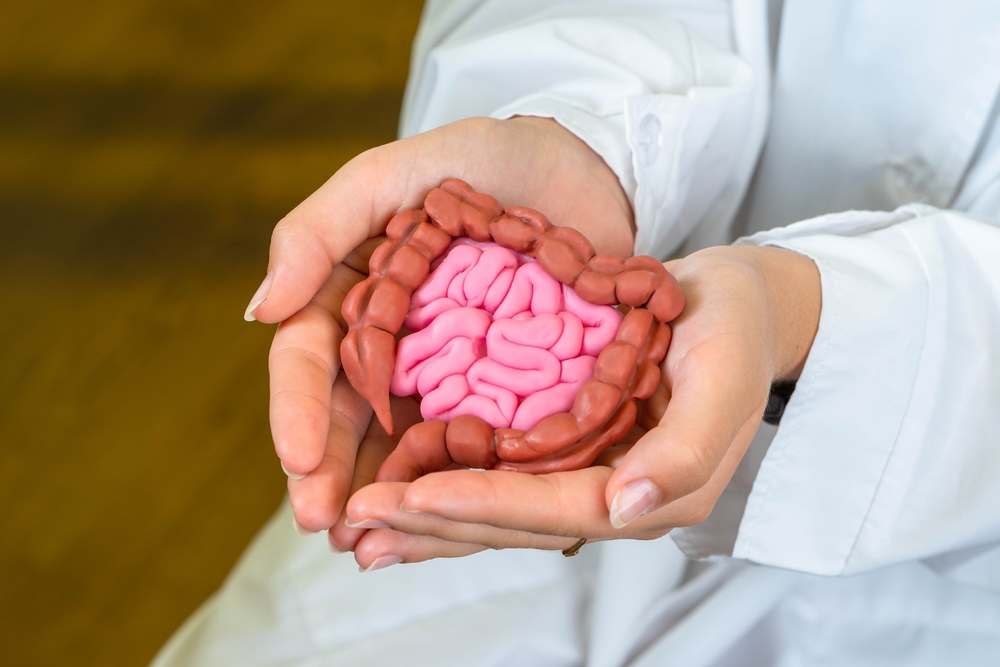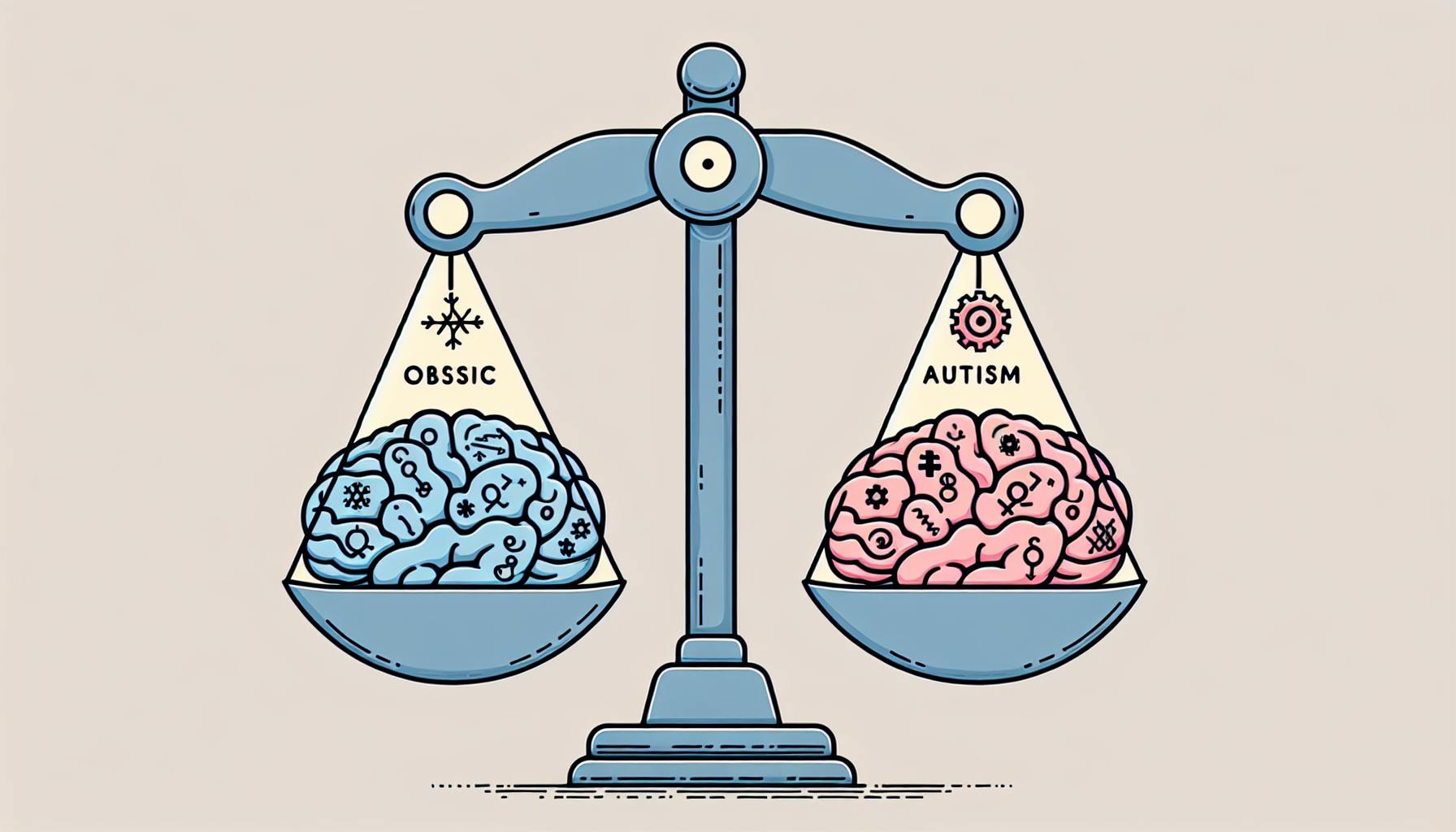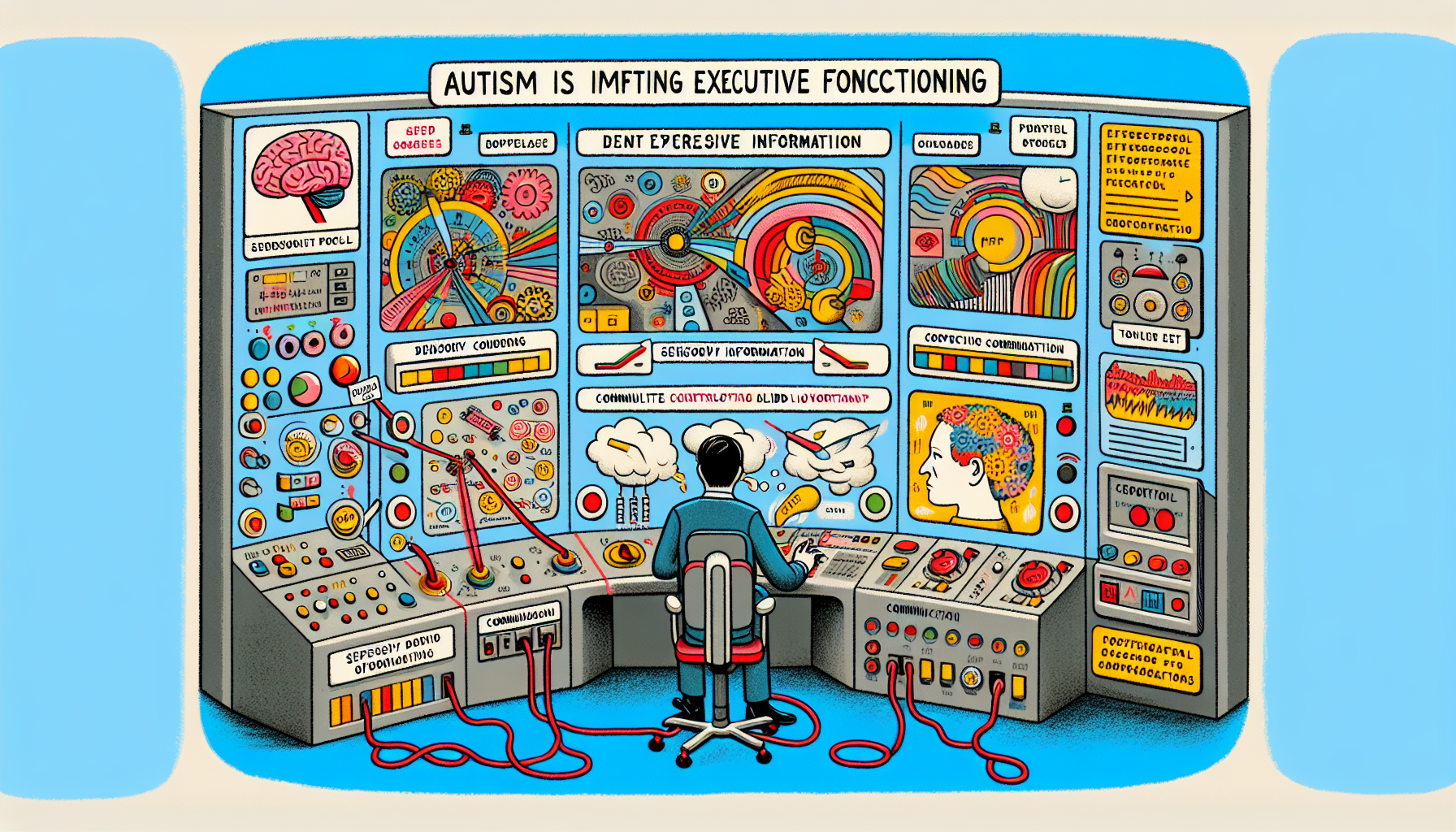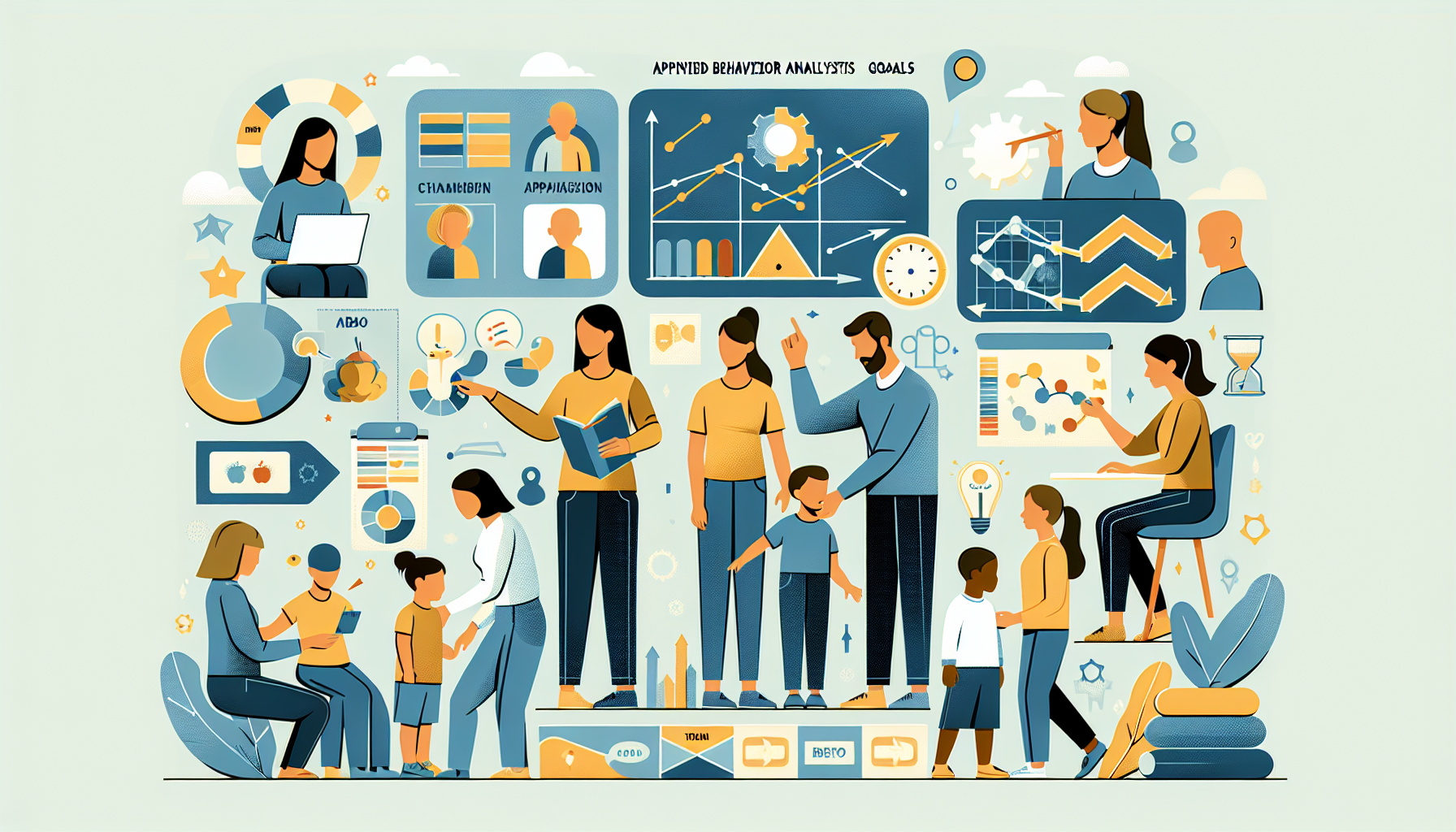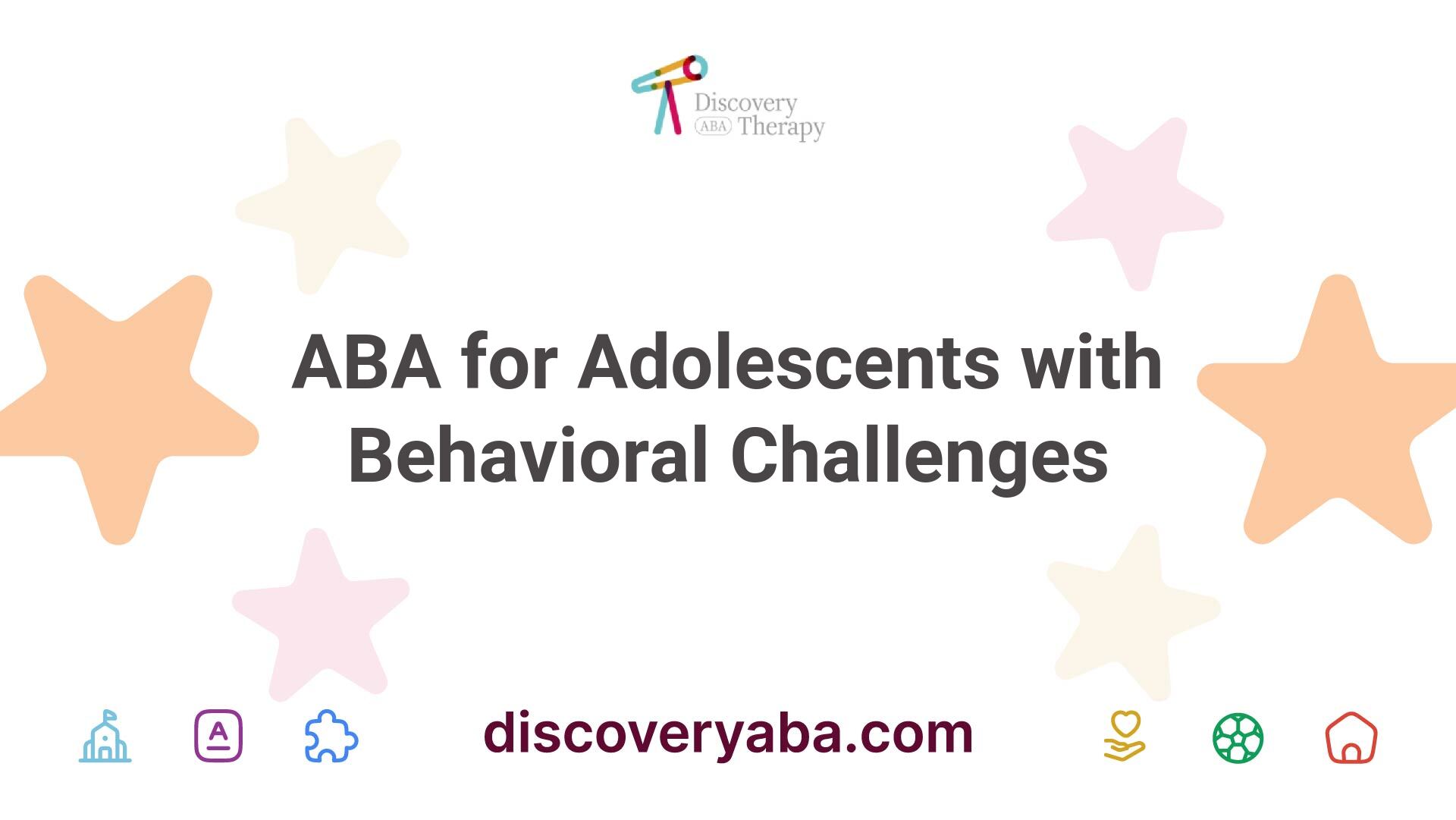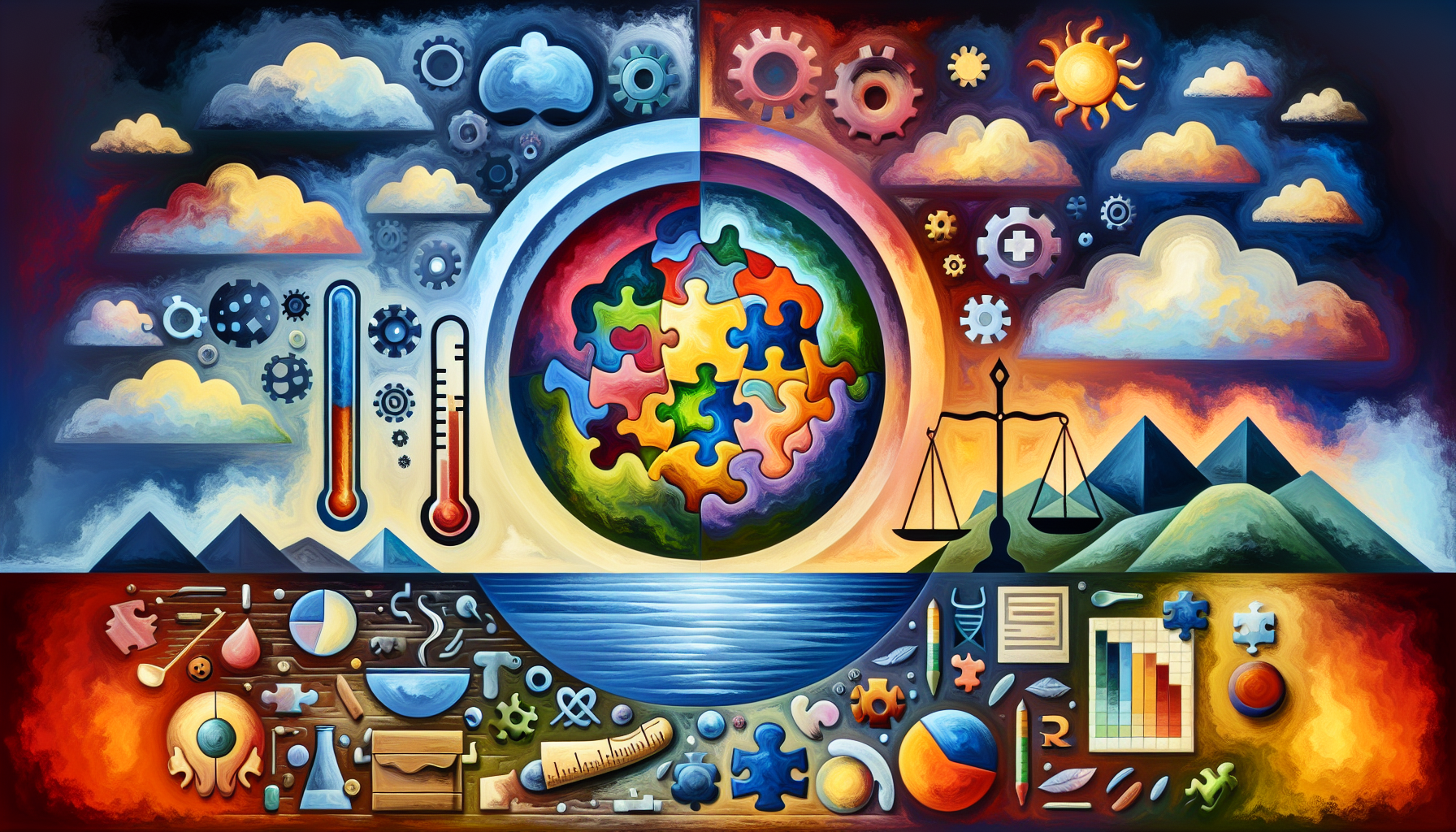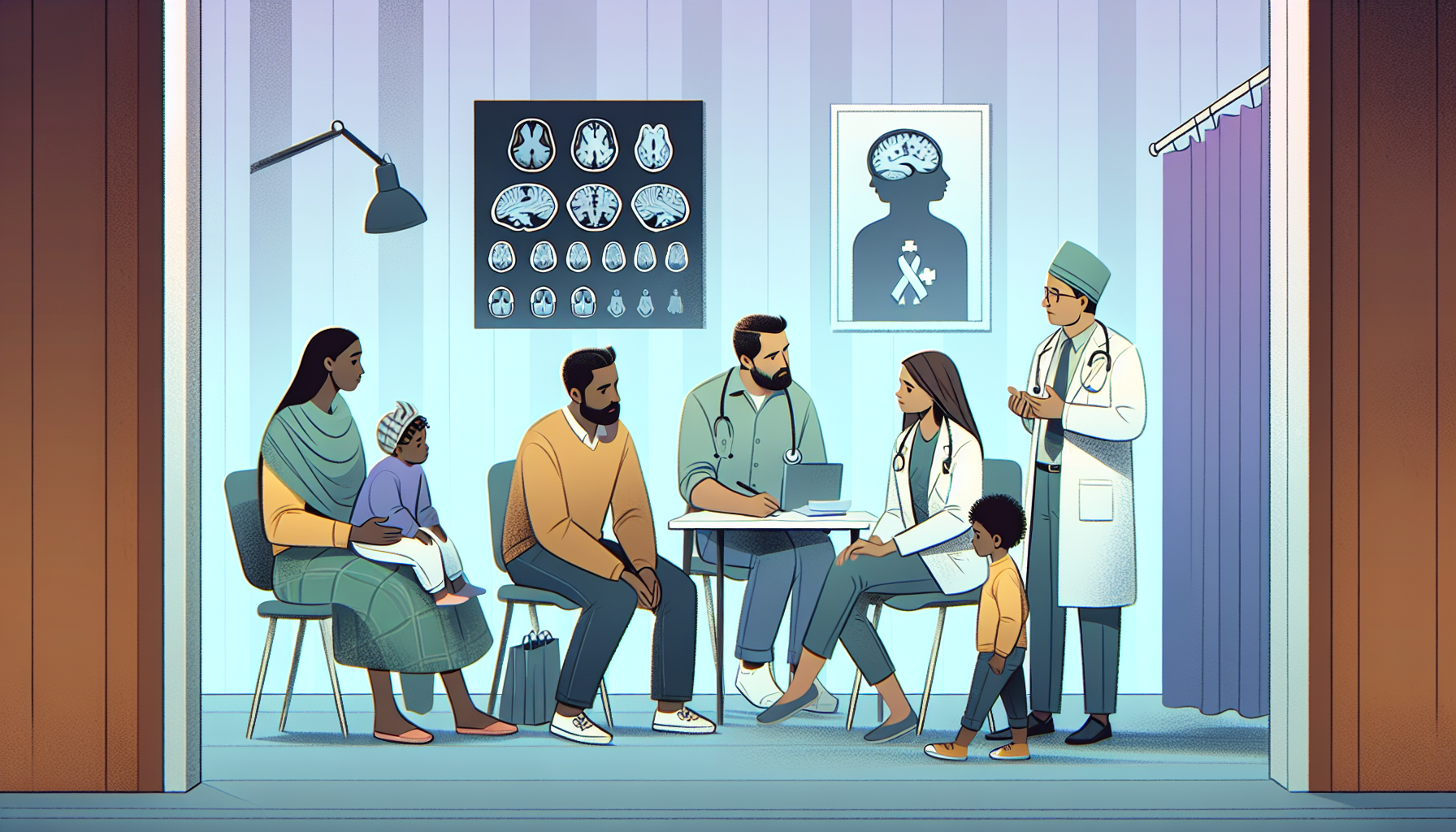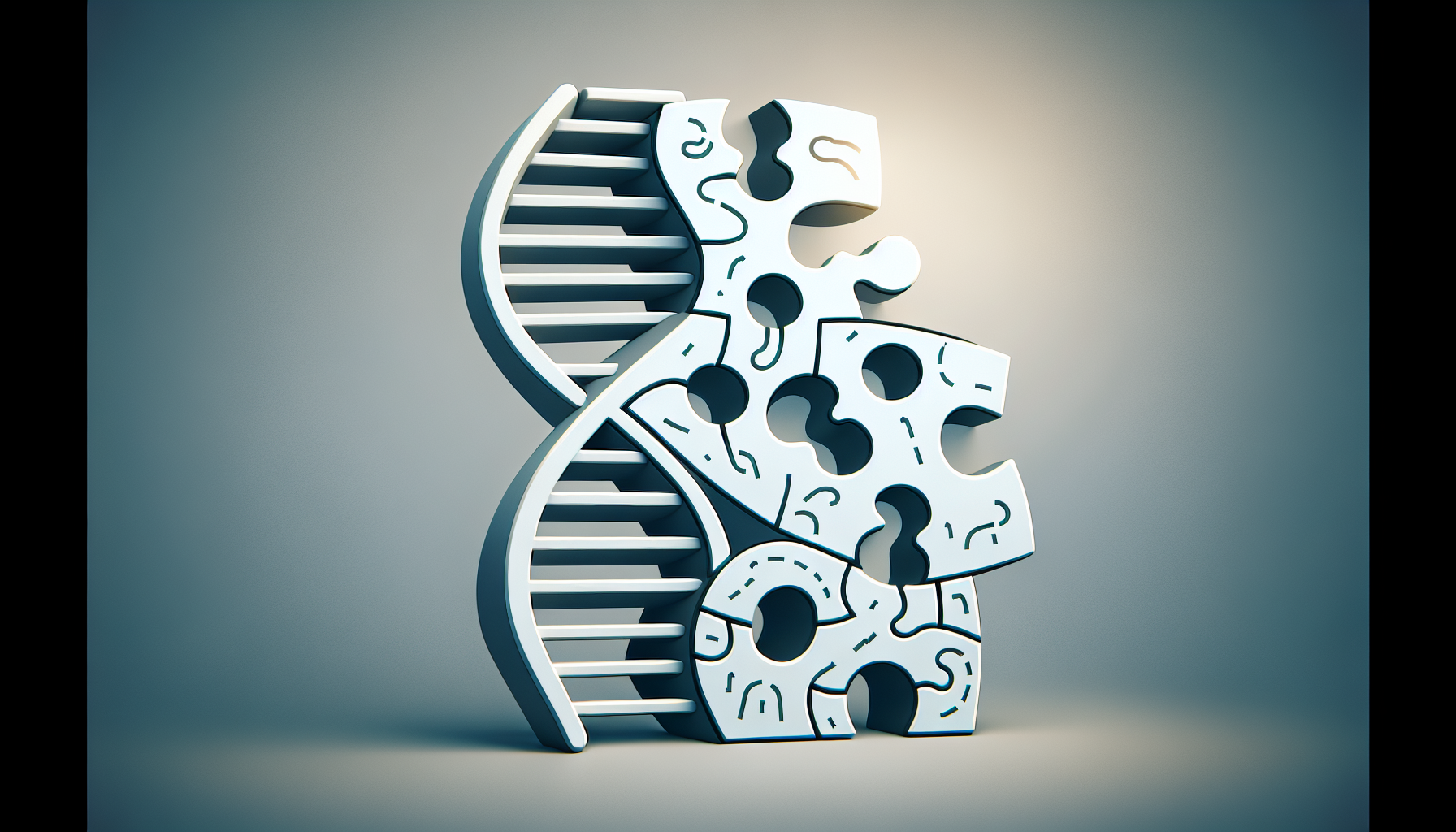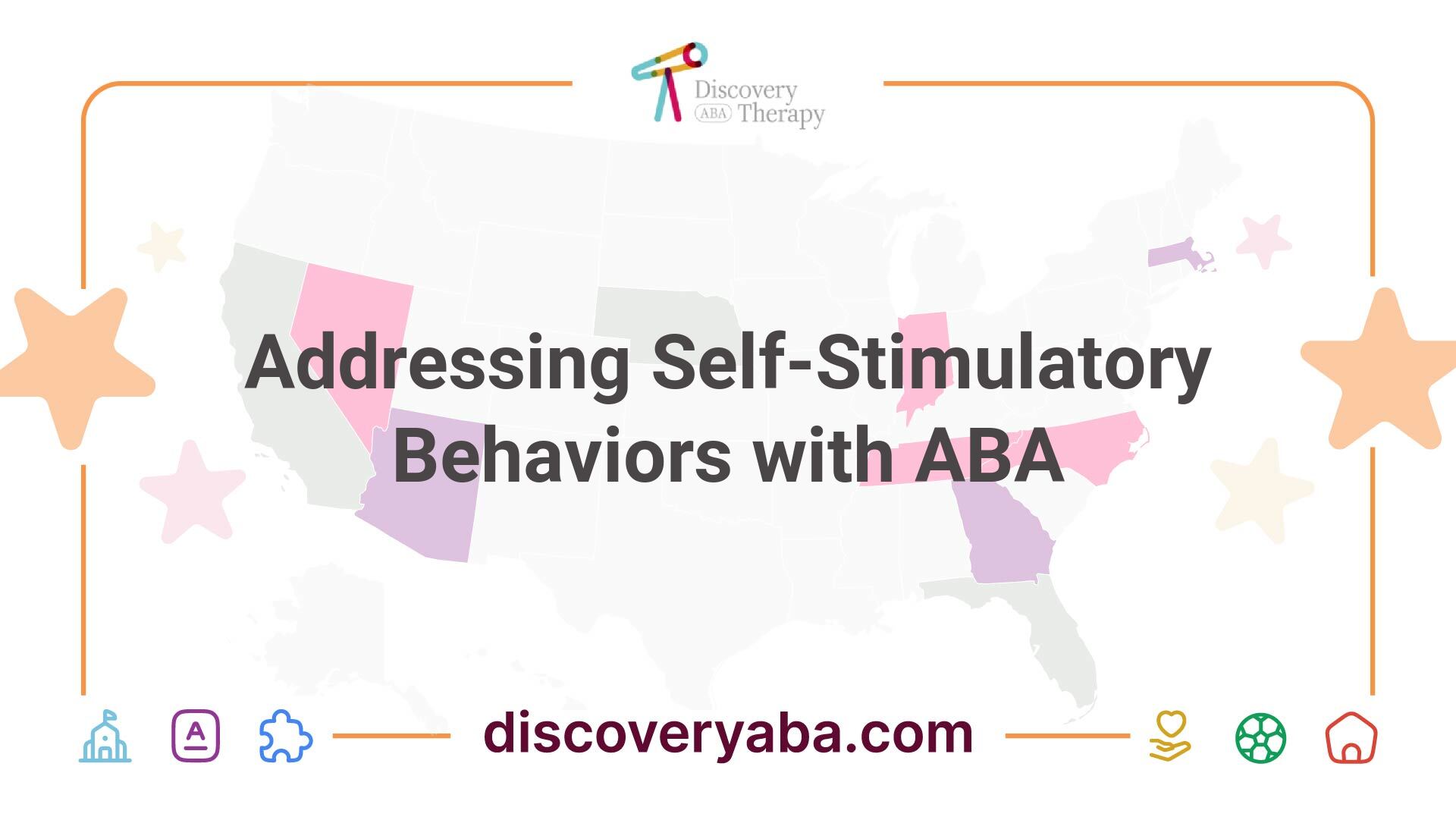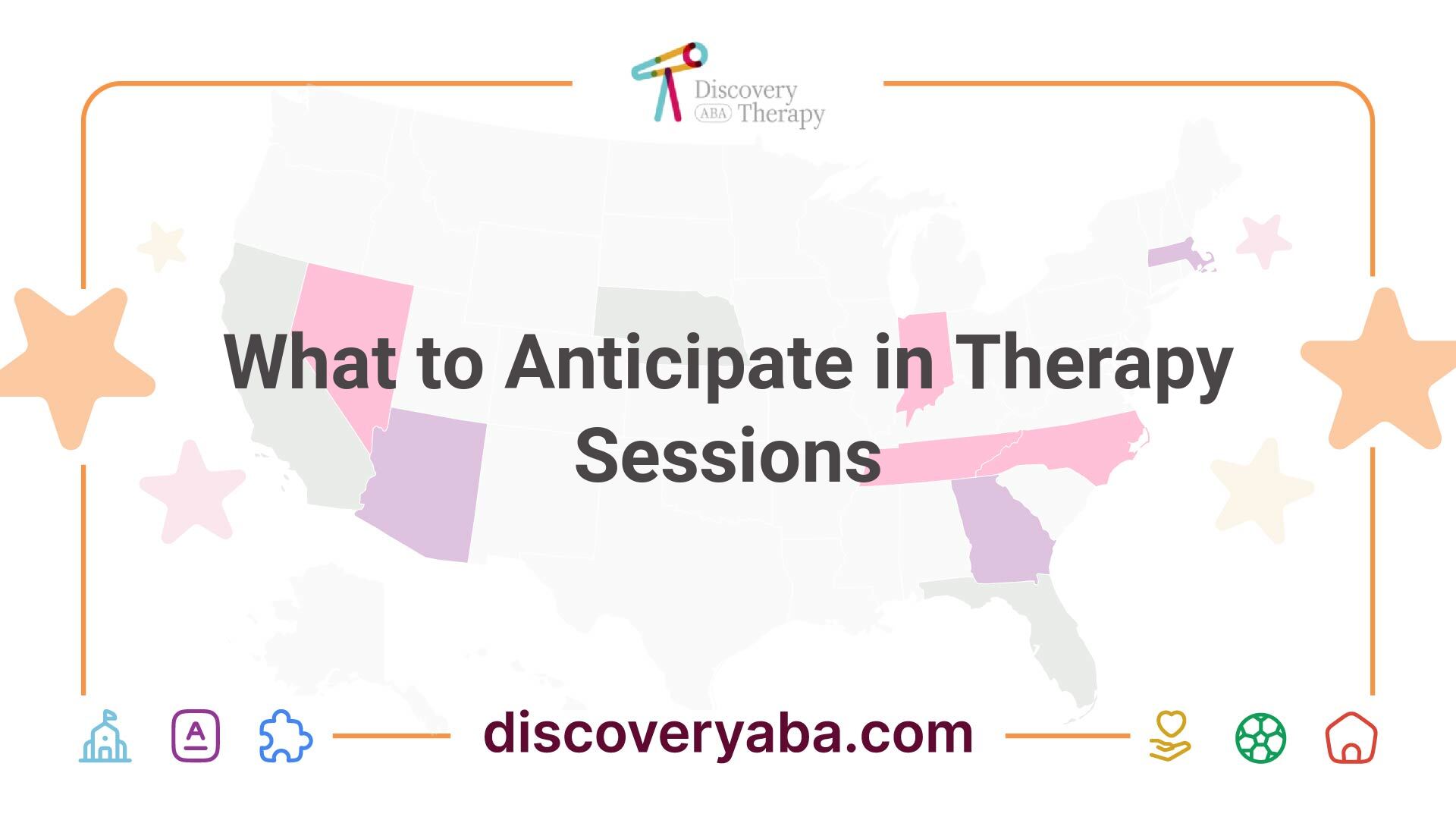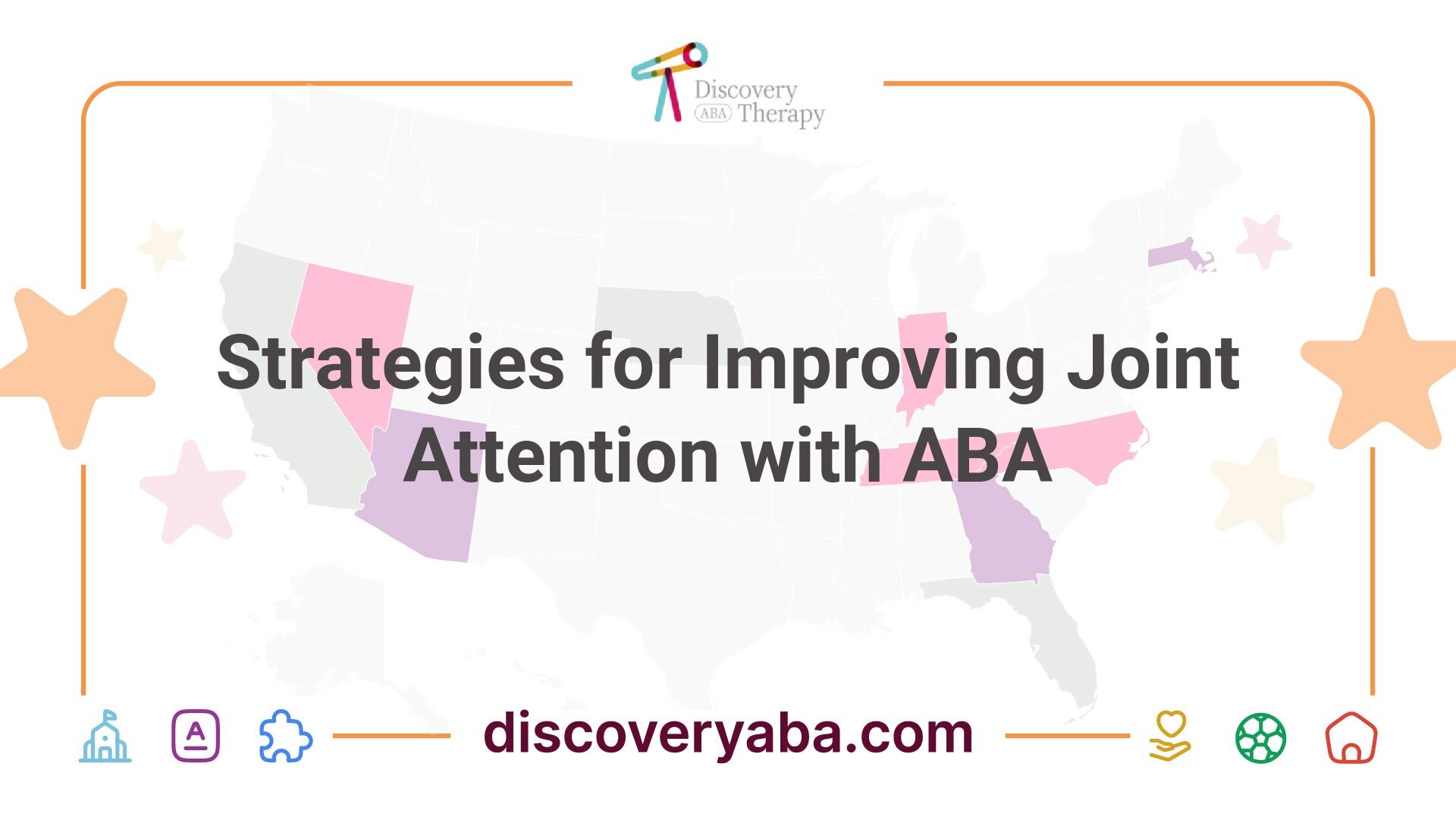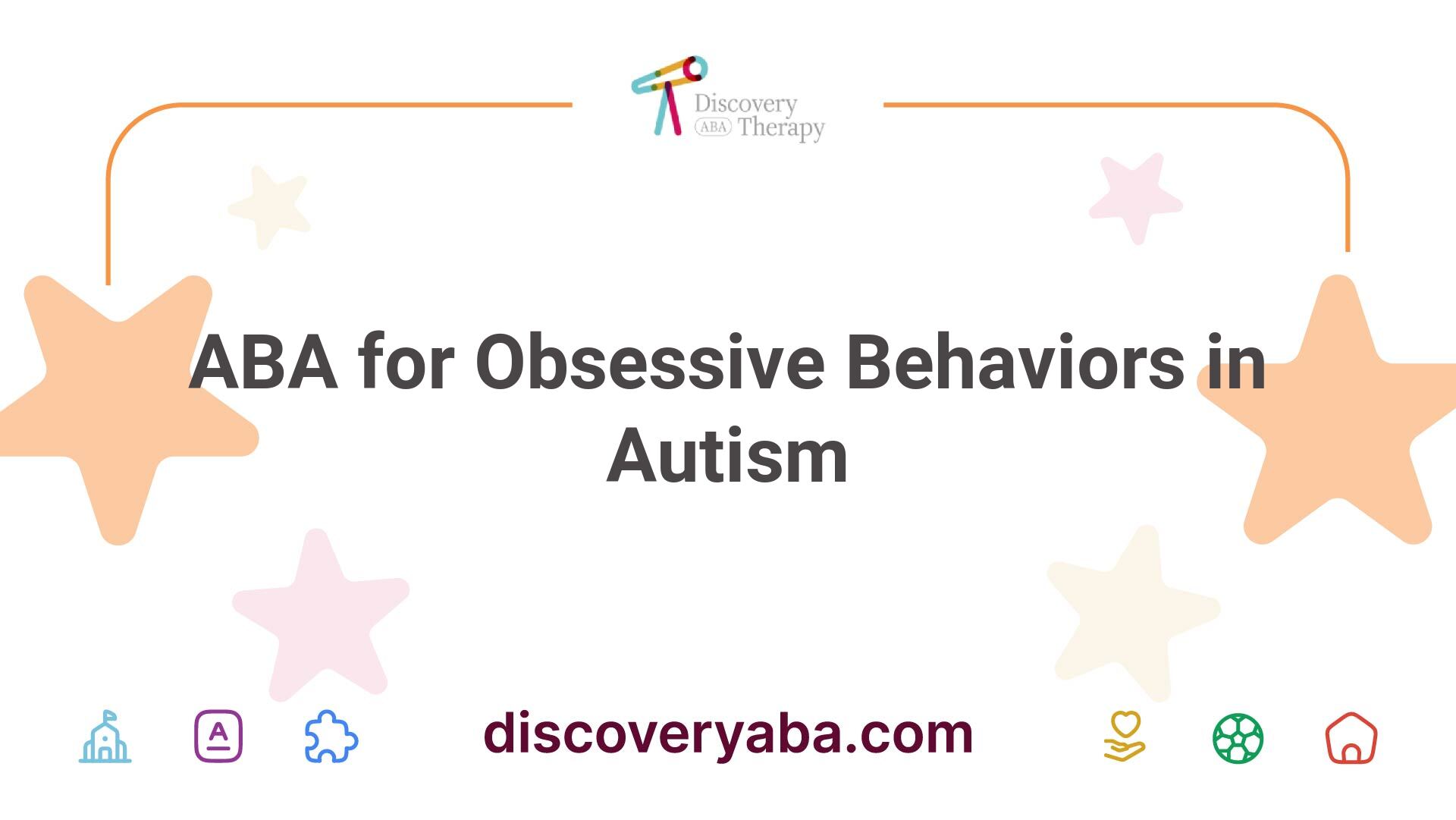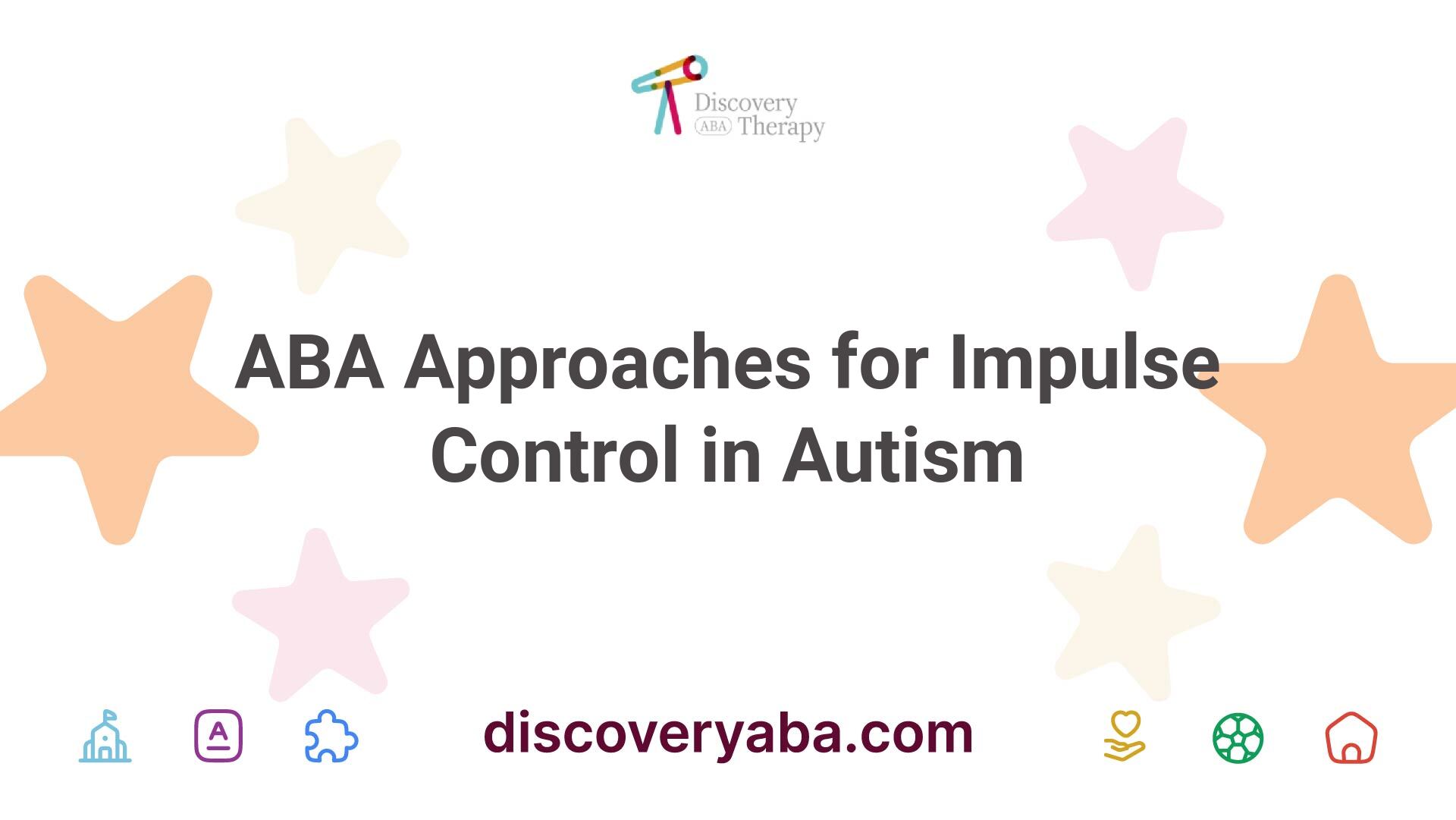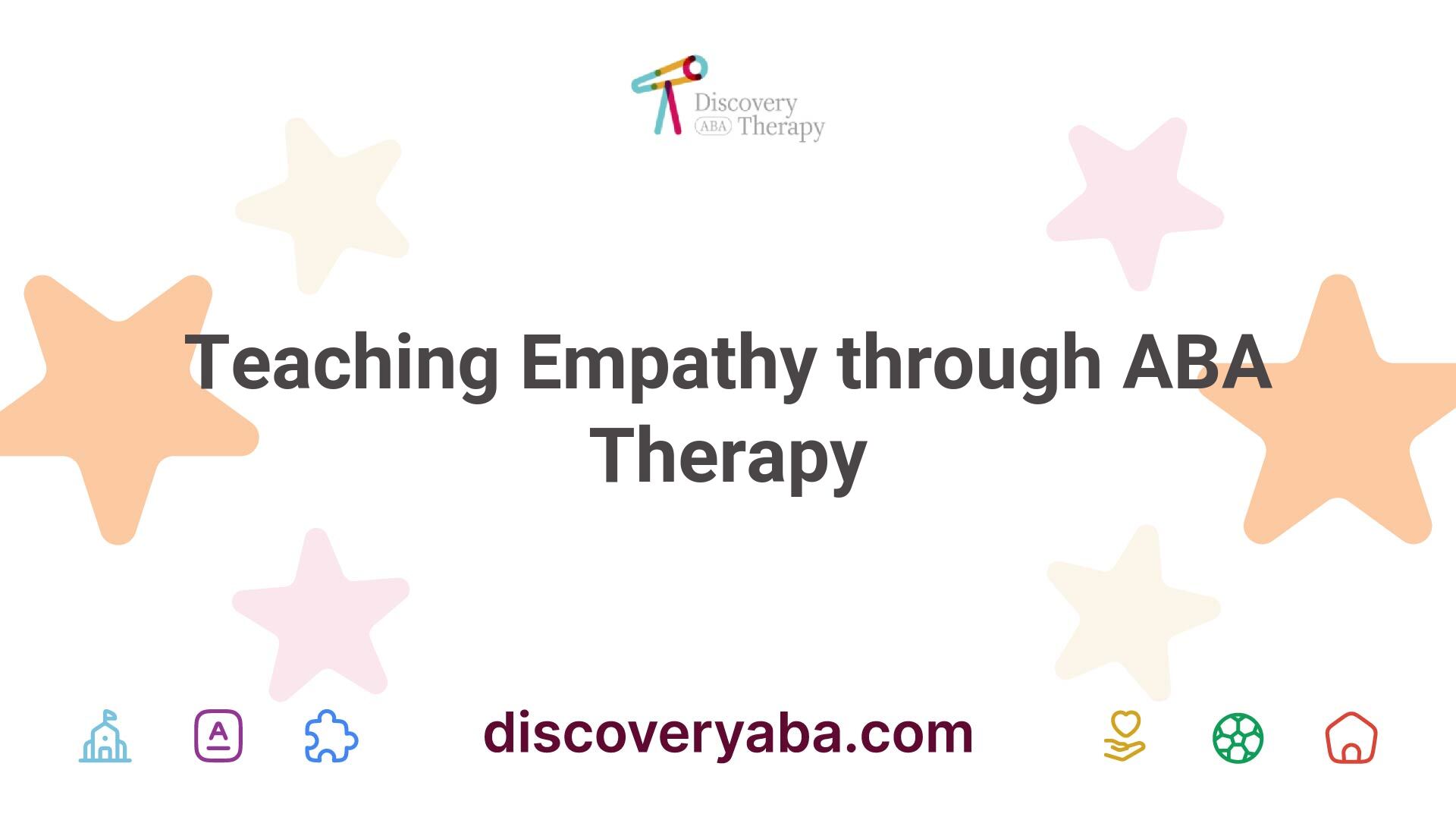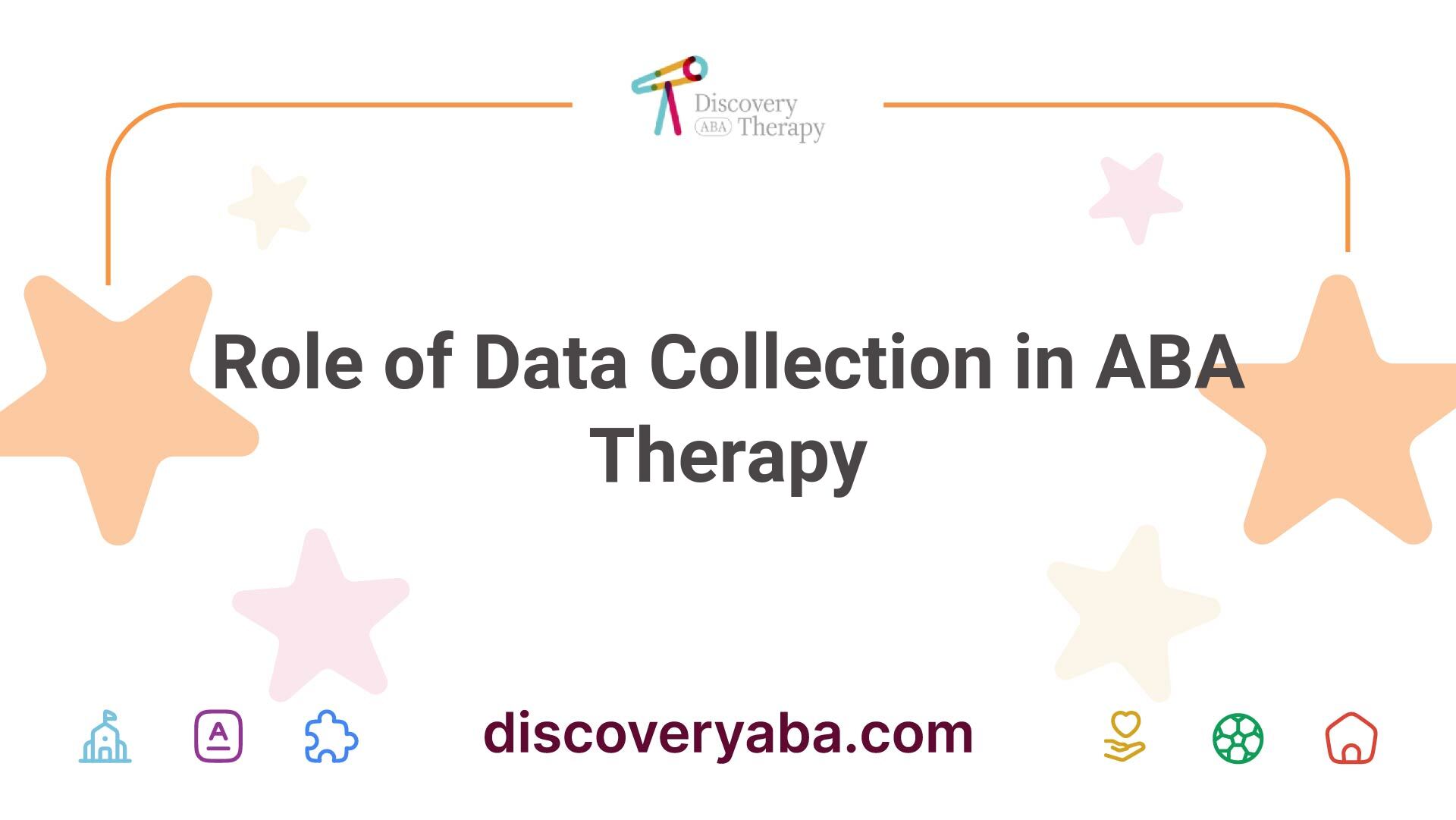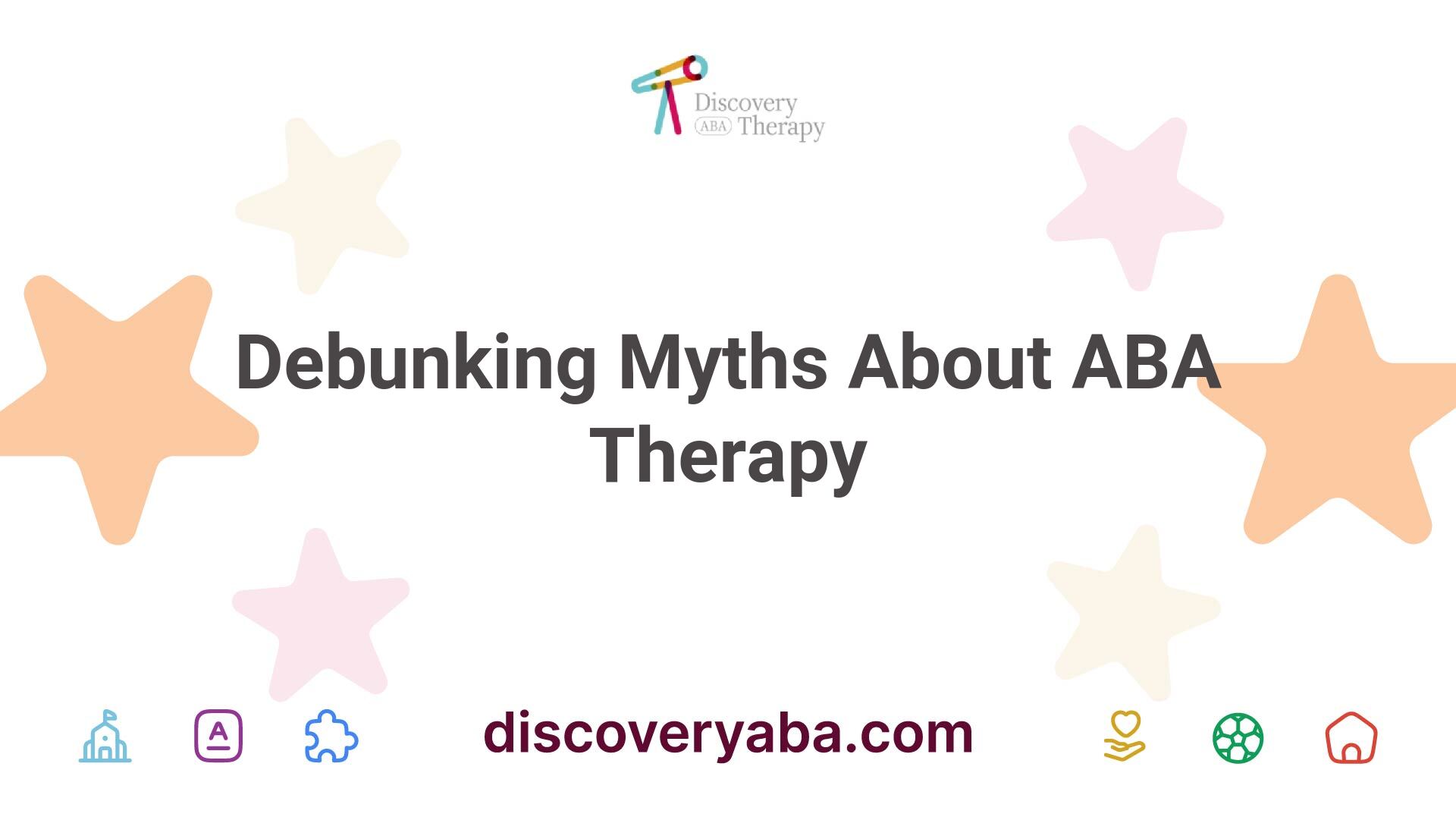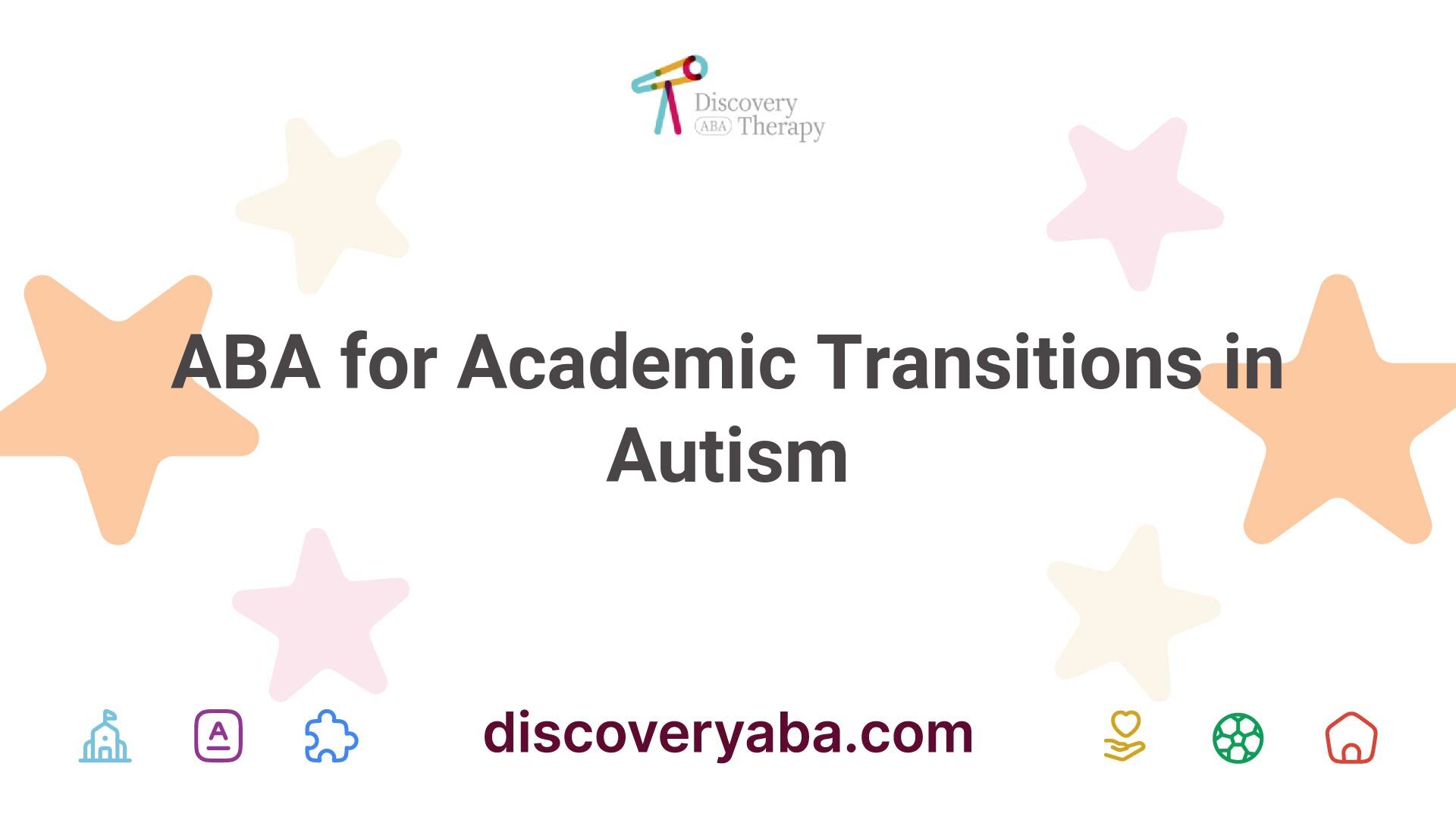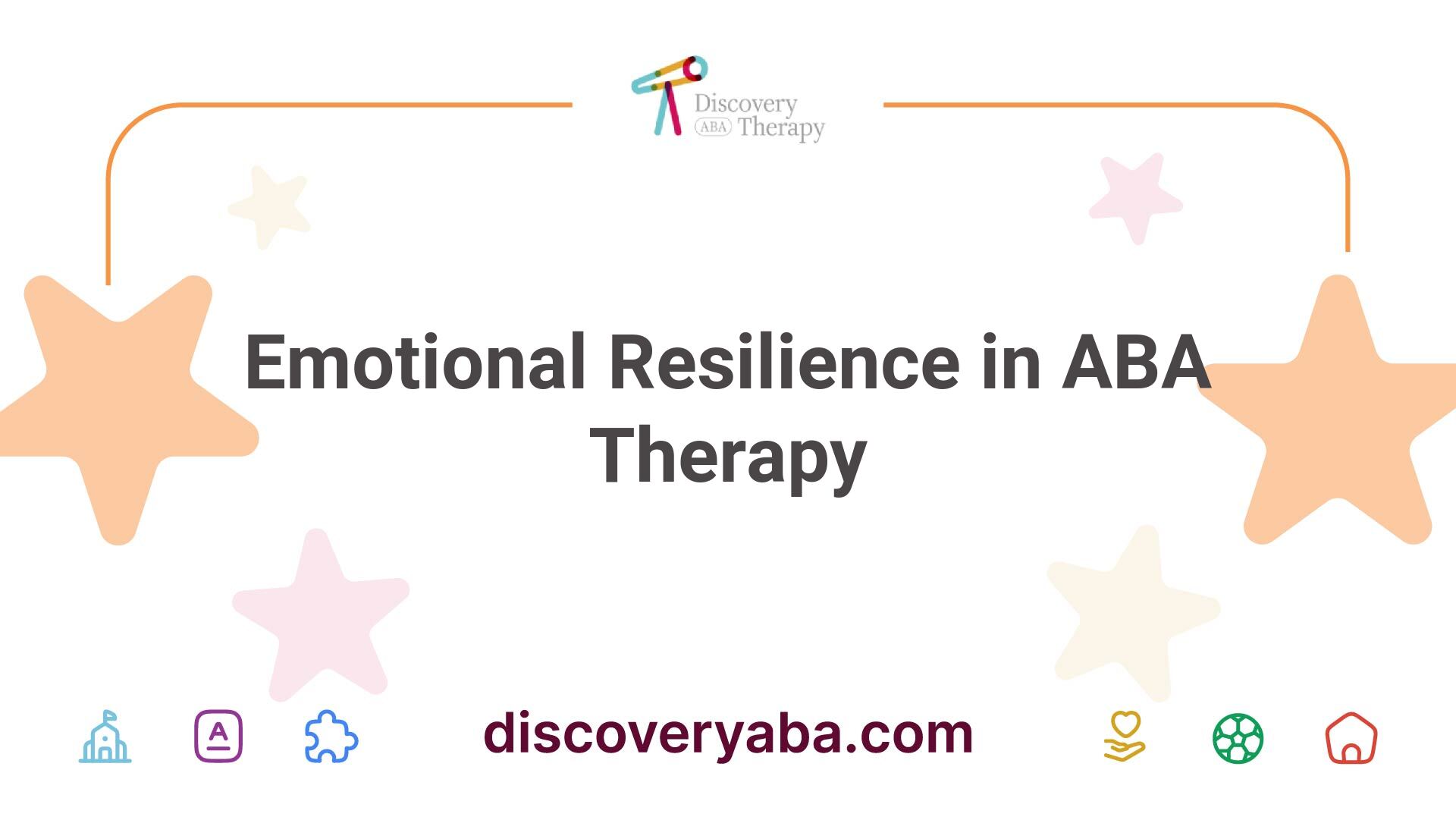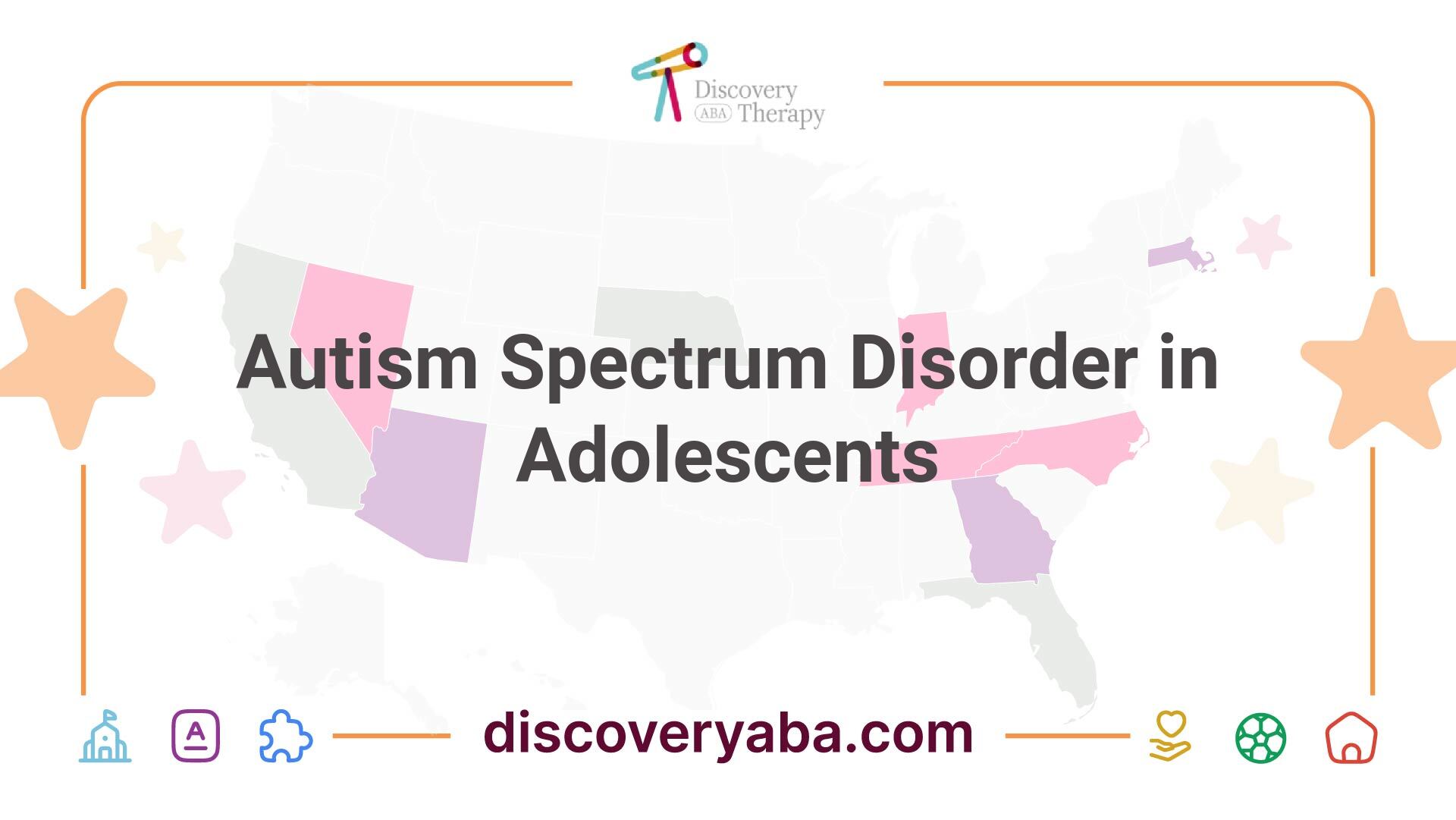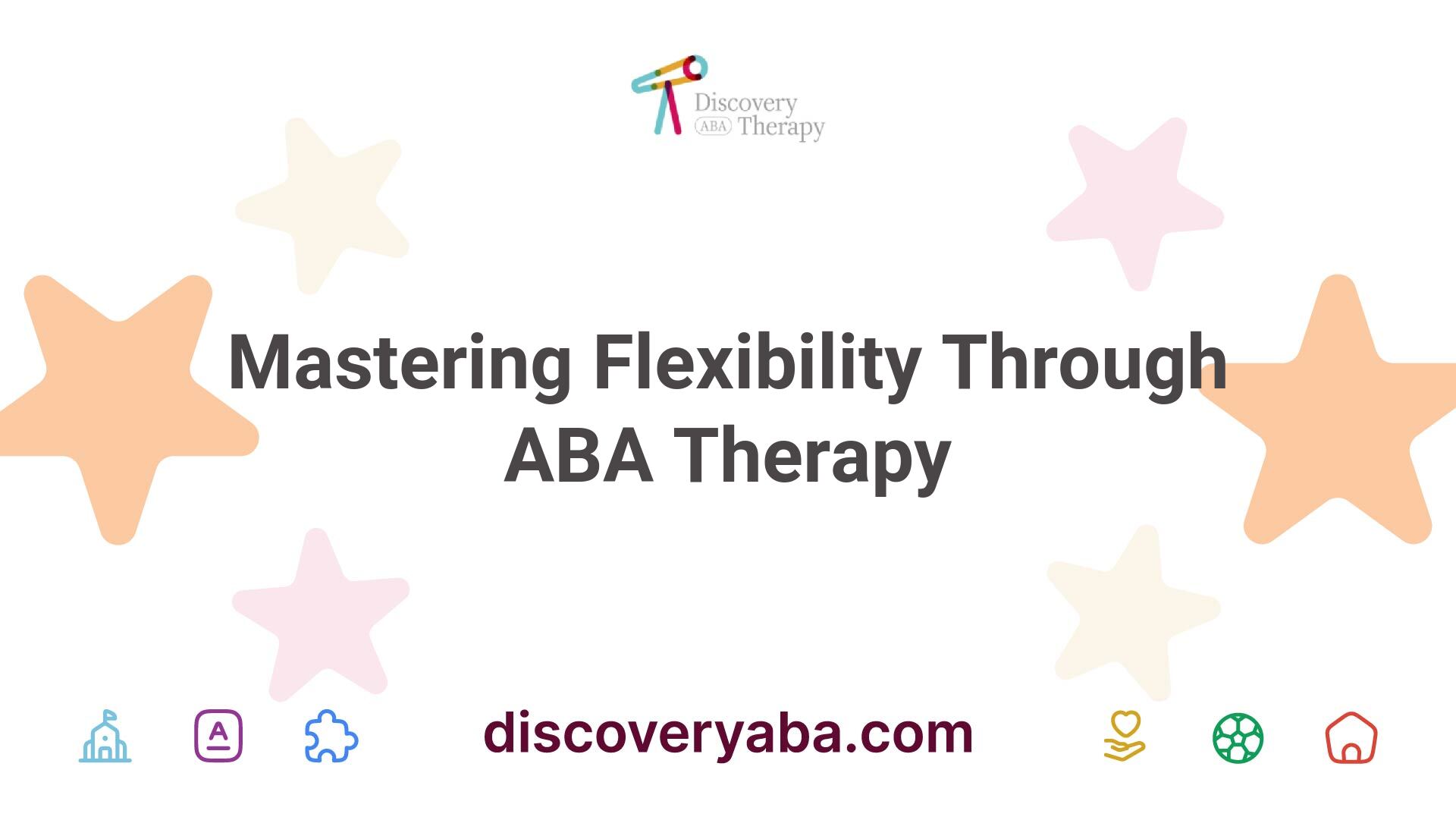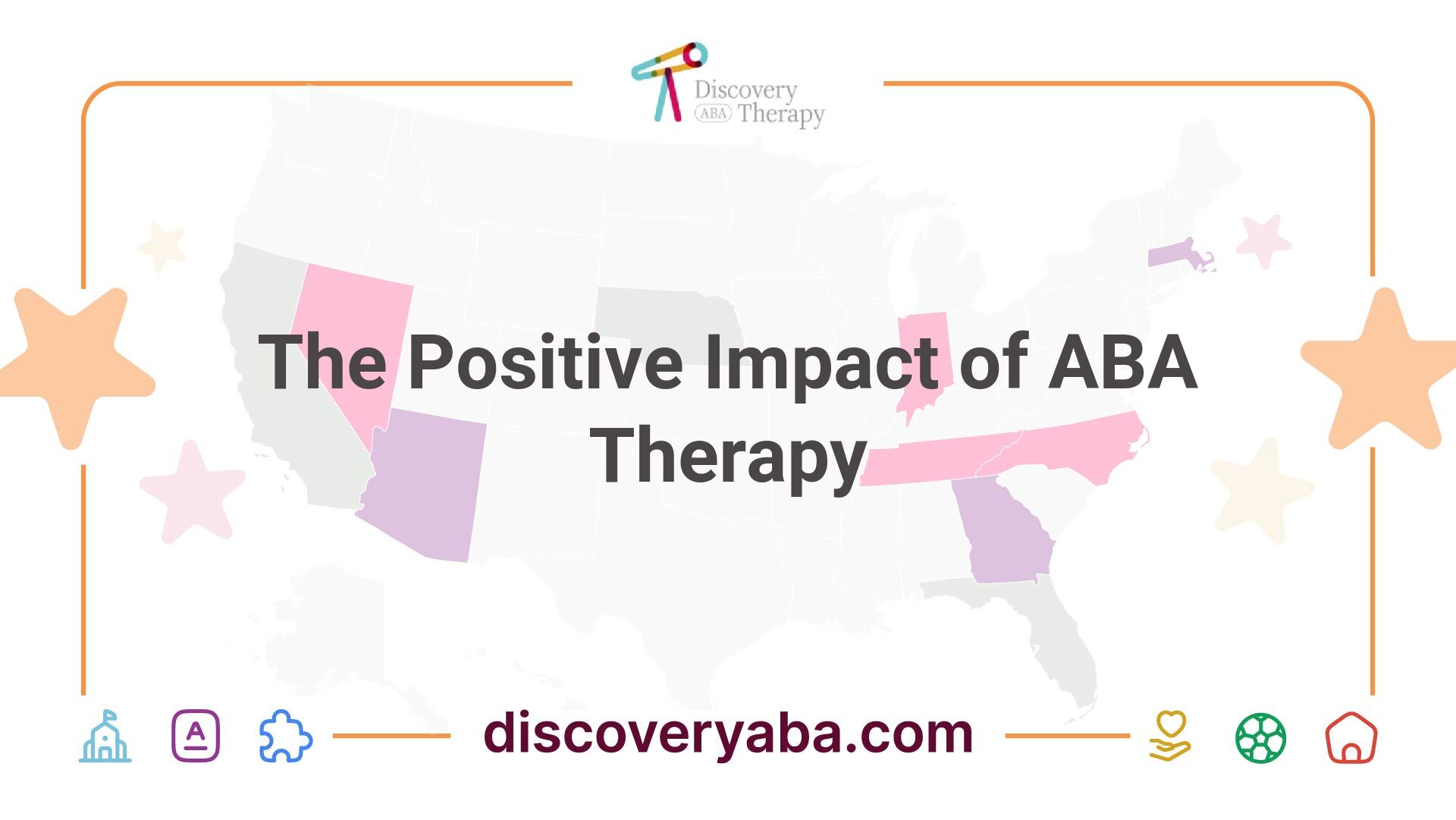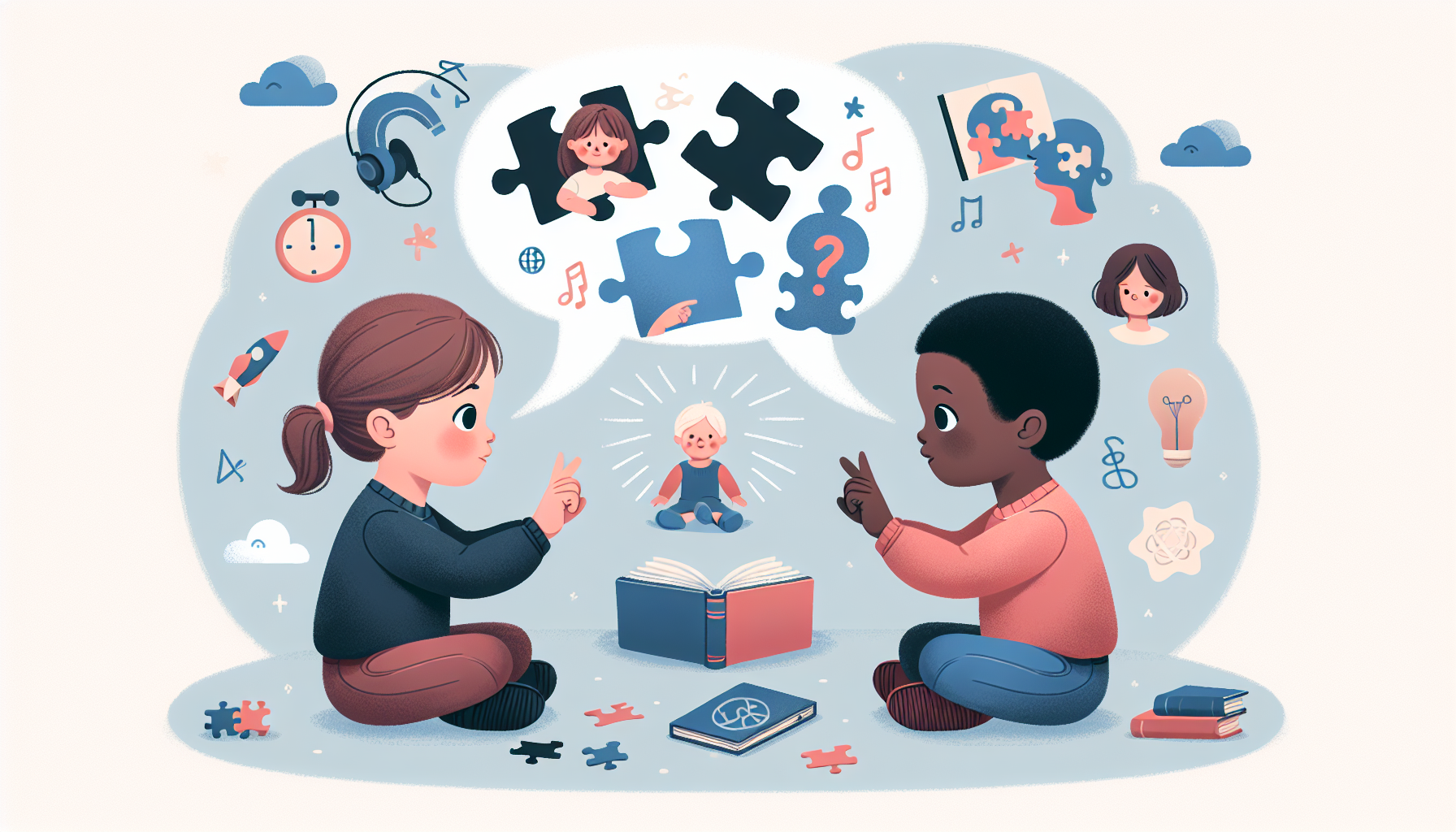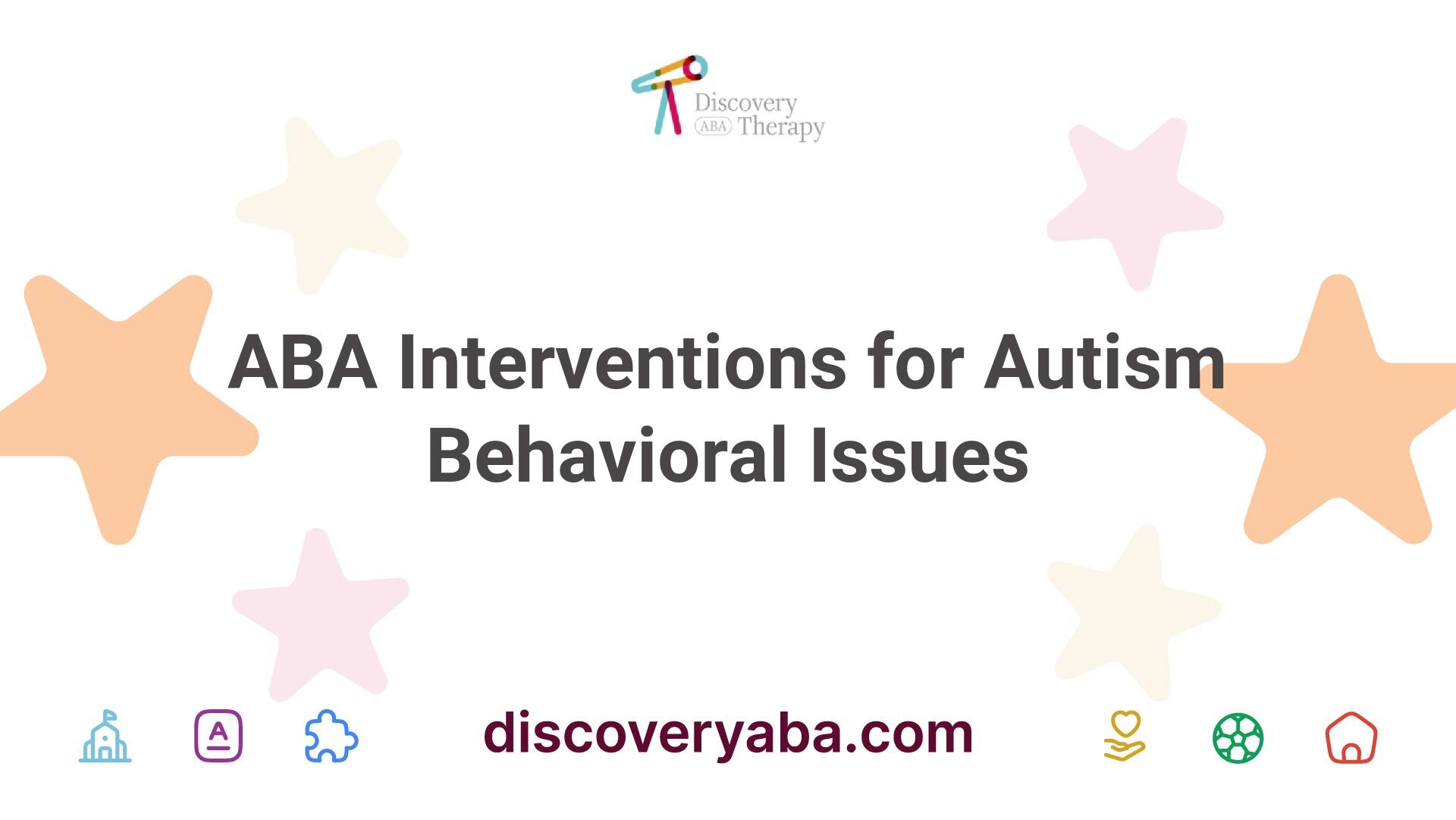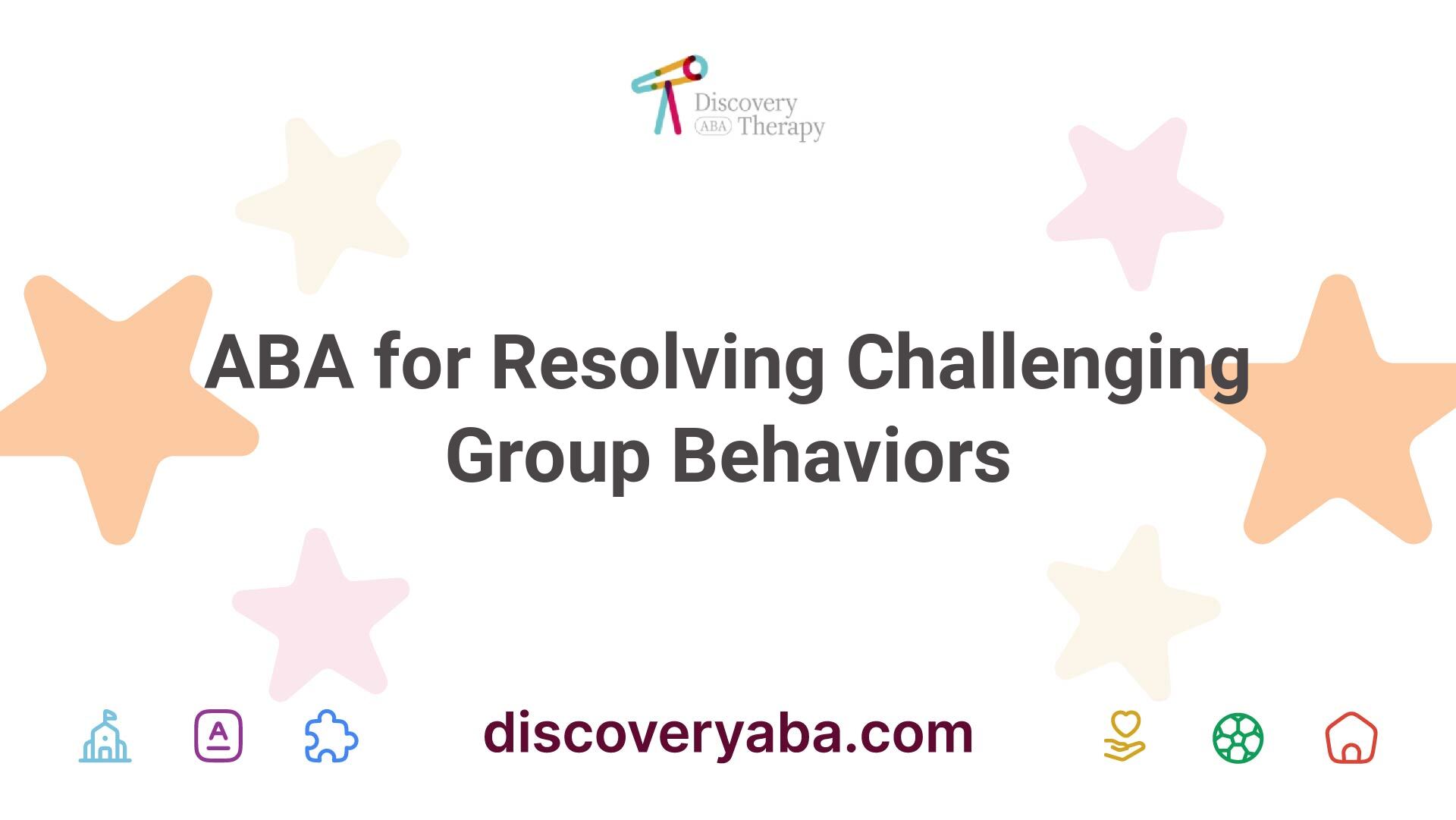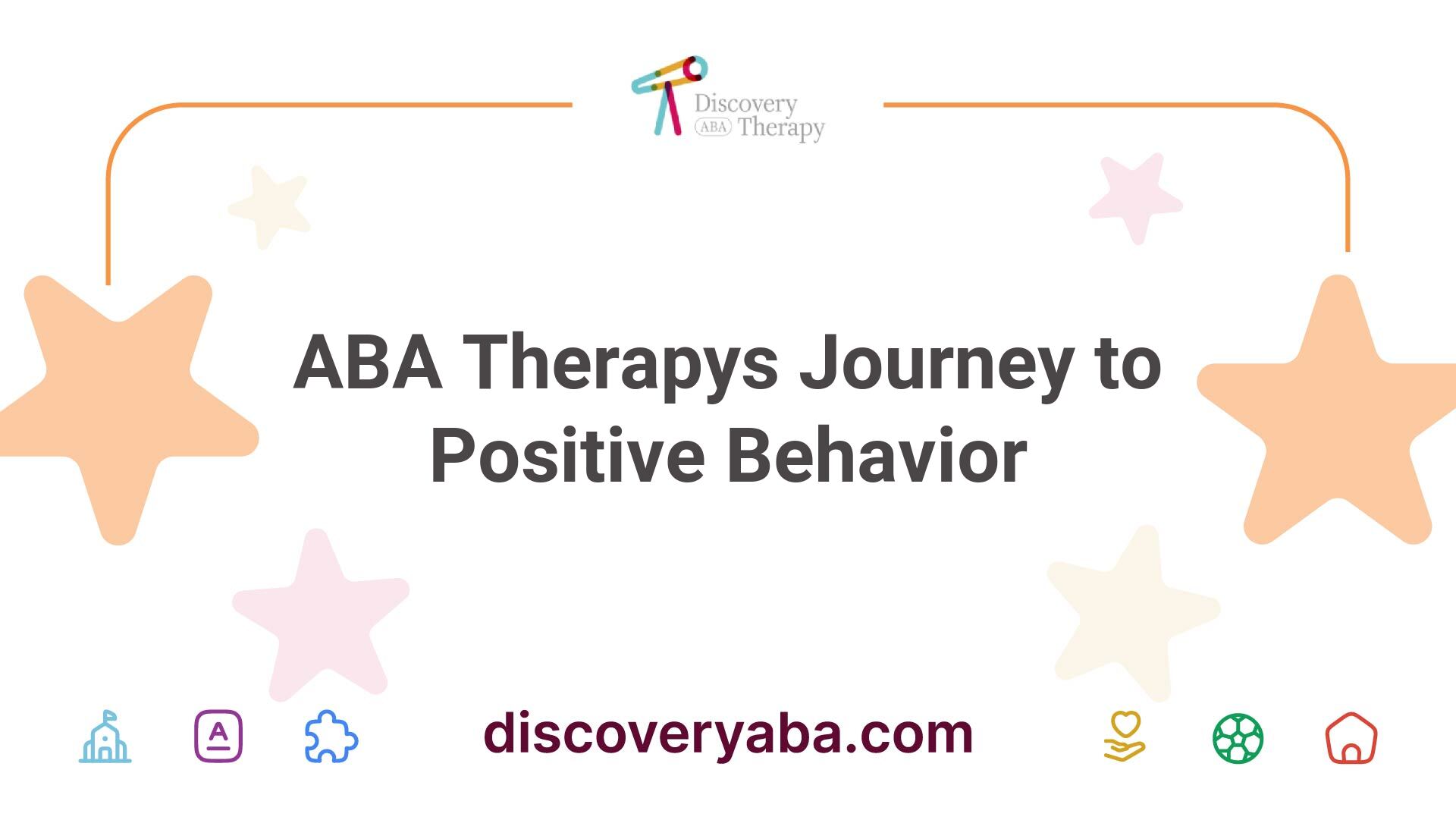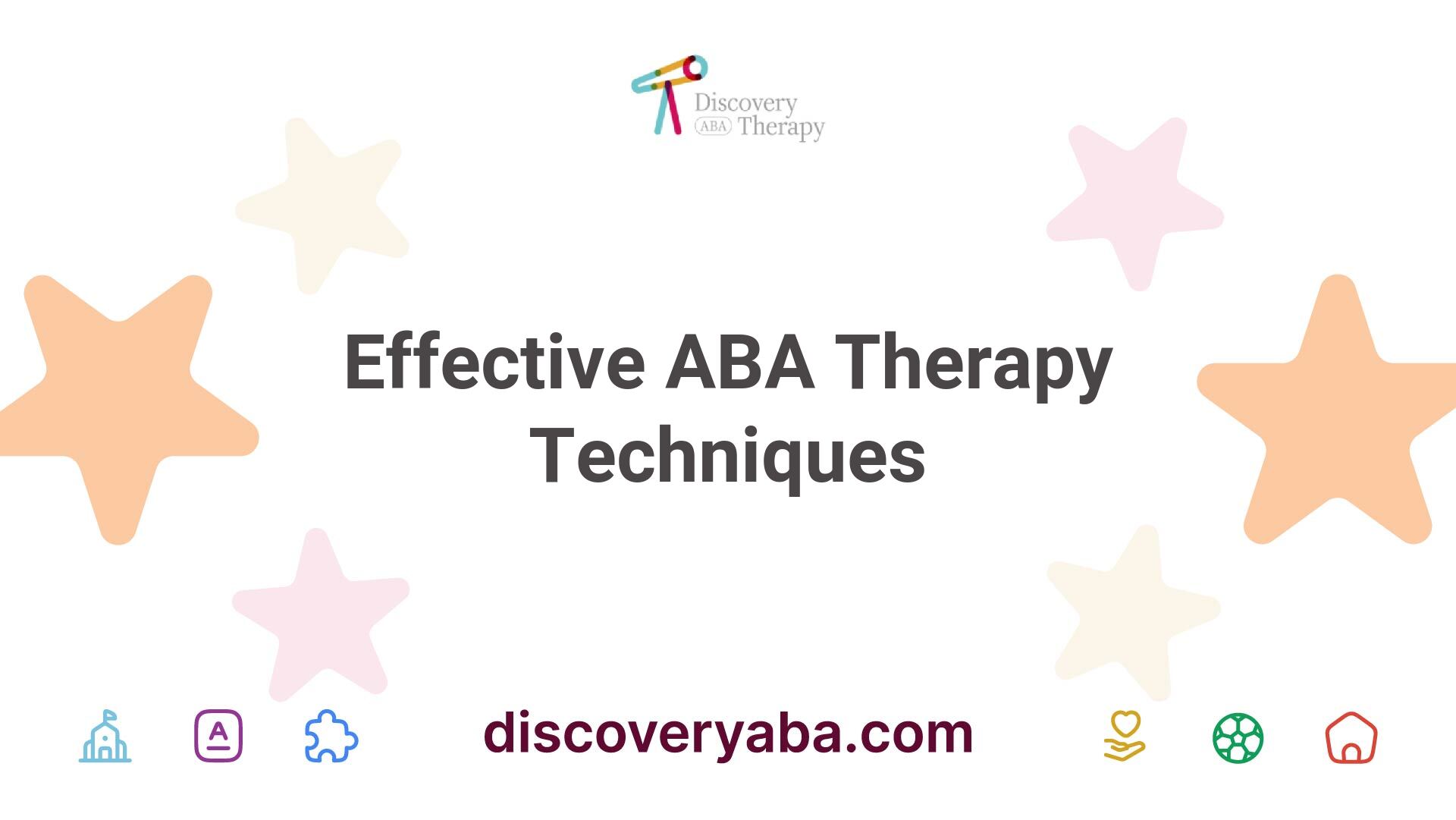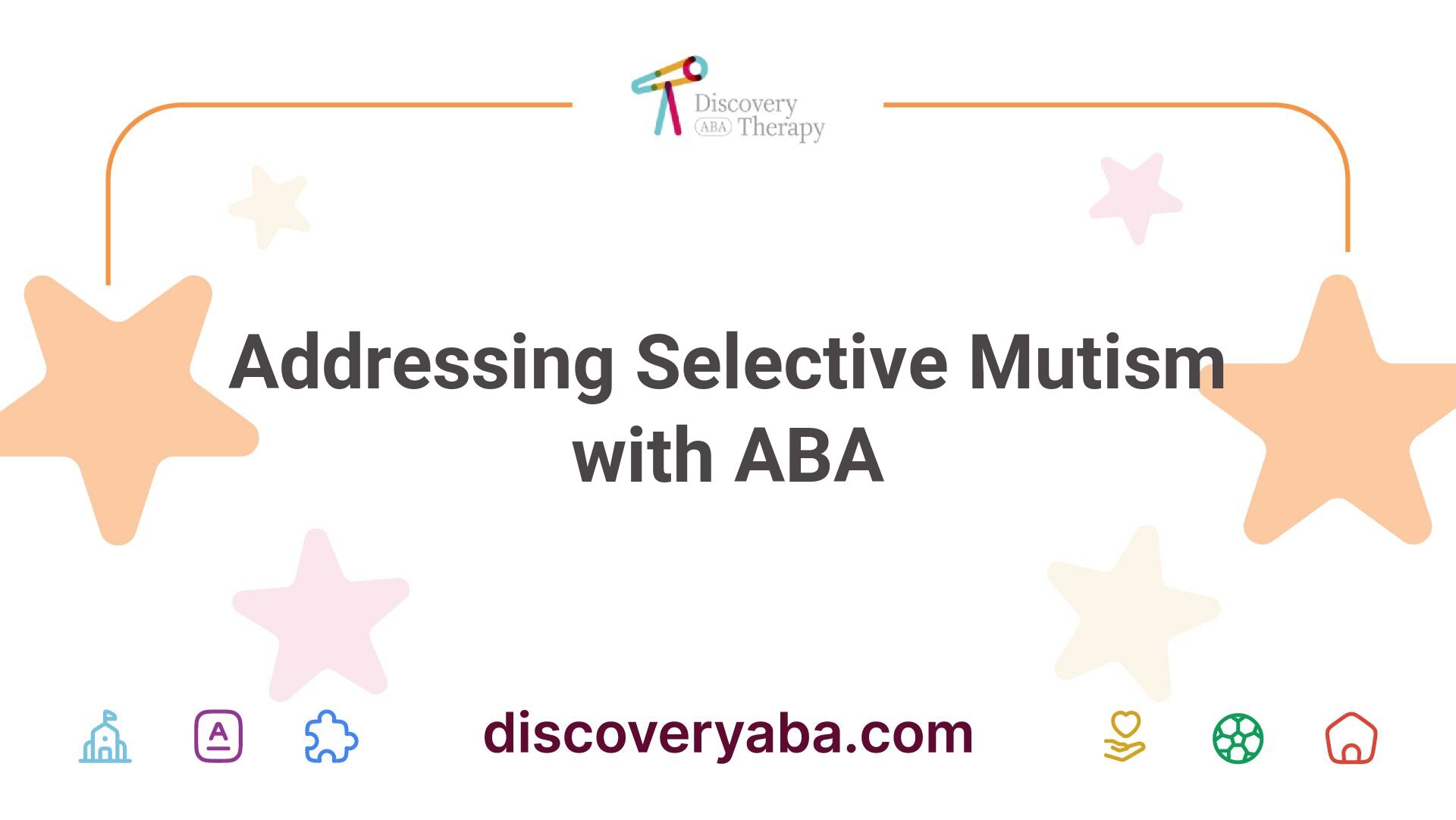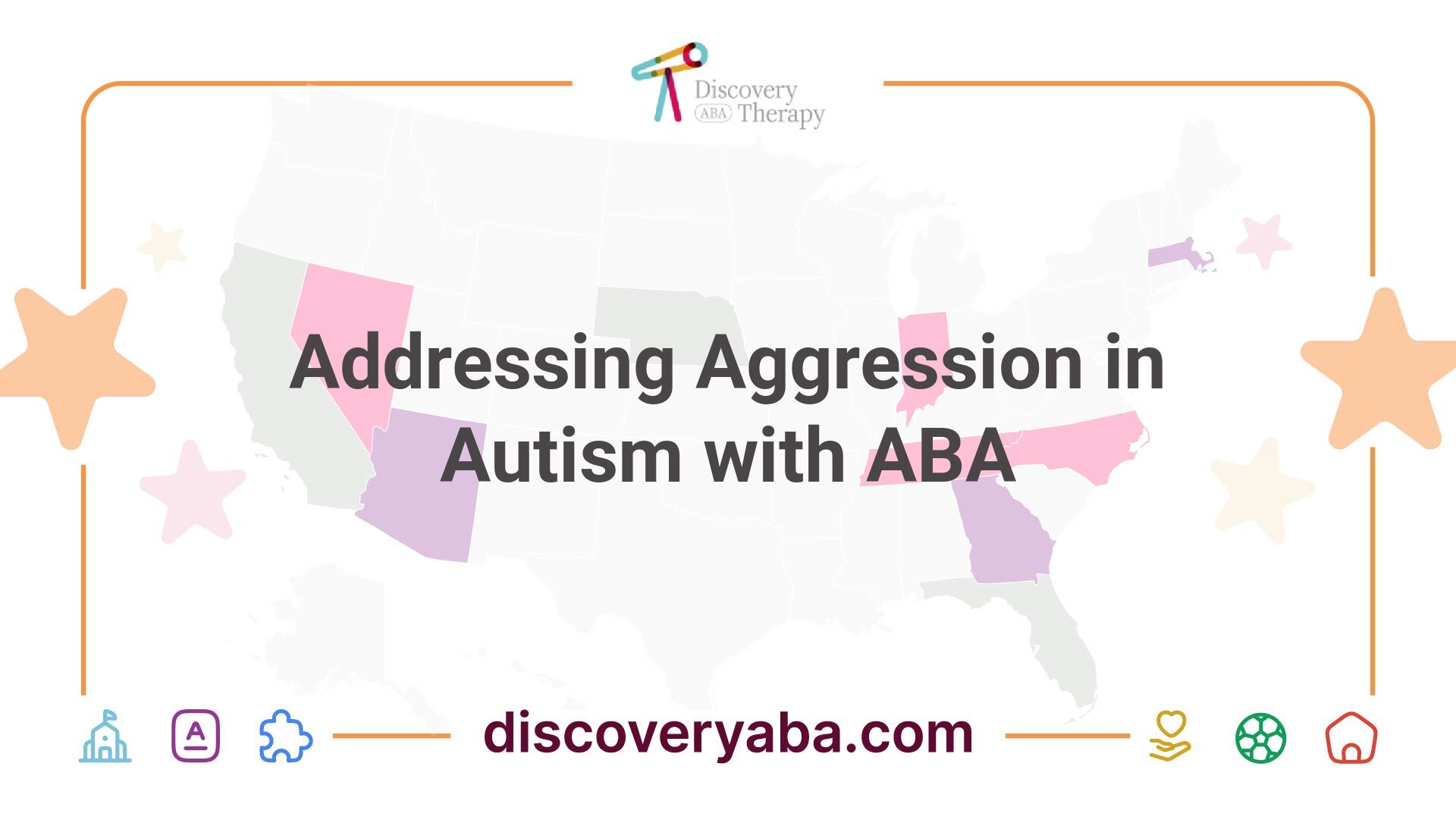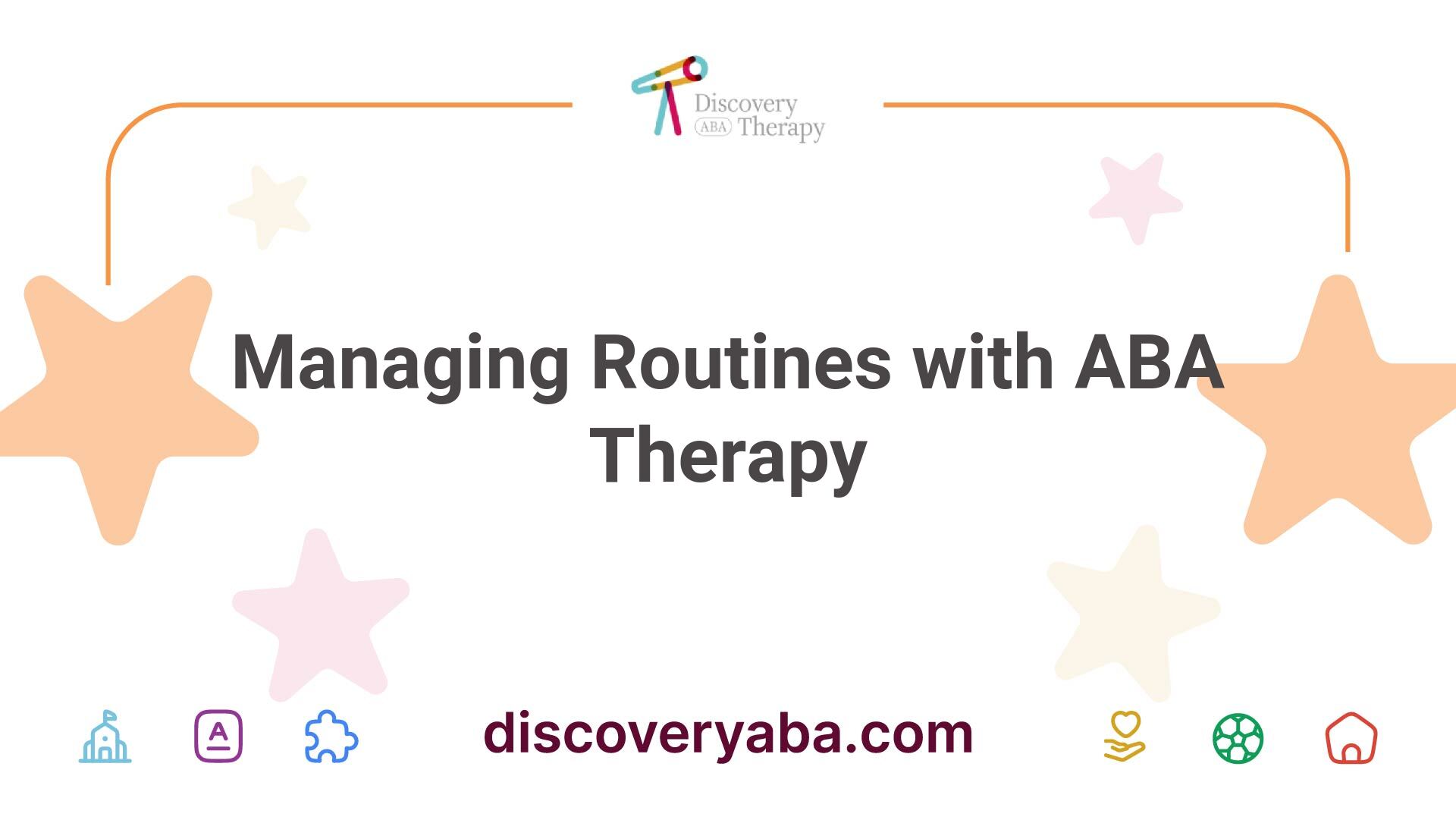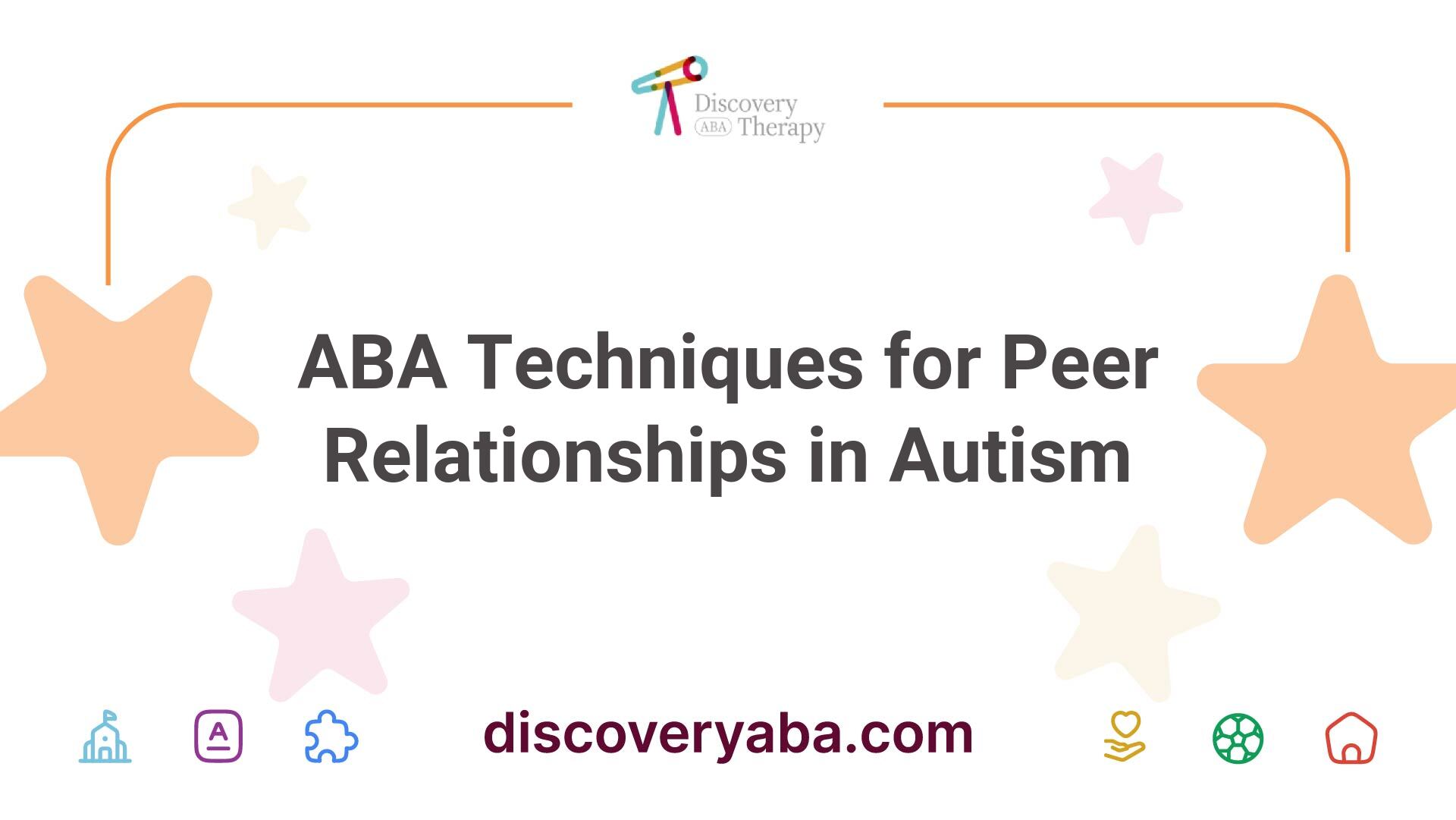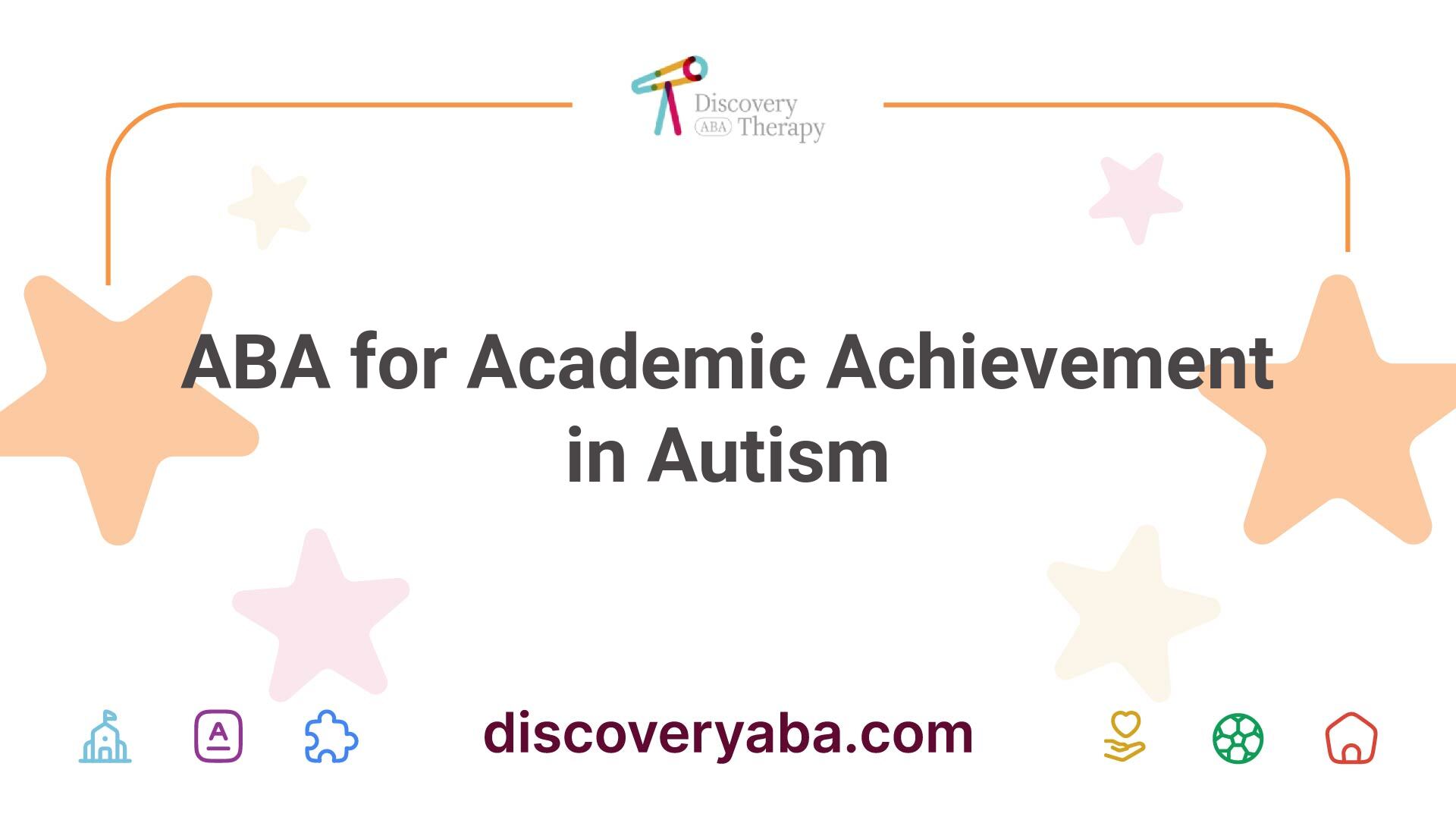Autism and Eating Disorders: Anorexia's Link to Autism
While autism is not a mental illness, it can lead to mental health conditions, including eating disorders. According to recent studies, people with autism are at a higher risk of developing an eating disorder, particularly anorexia.
.jpeg)
Understanding Autism and Anorexia
To increase autism and anorexia awareness, it is essential to have a clear understanding of both conditions and the link between them.
What is Autism?
Autism, or Autism Spectrum Disorder (ASD), is a neurodevelopmental disorder that affects social communication and behavior. Individuals with autism may experience challenges in social interactions, communication, and may exhibit repetitive behaviors or restricted interests. It is a lifelong condition that varies in its severity and presentation.
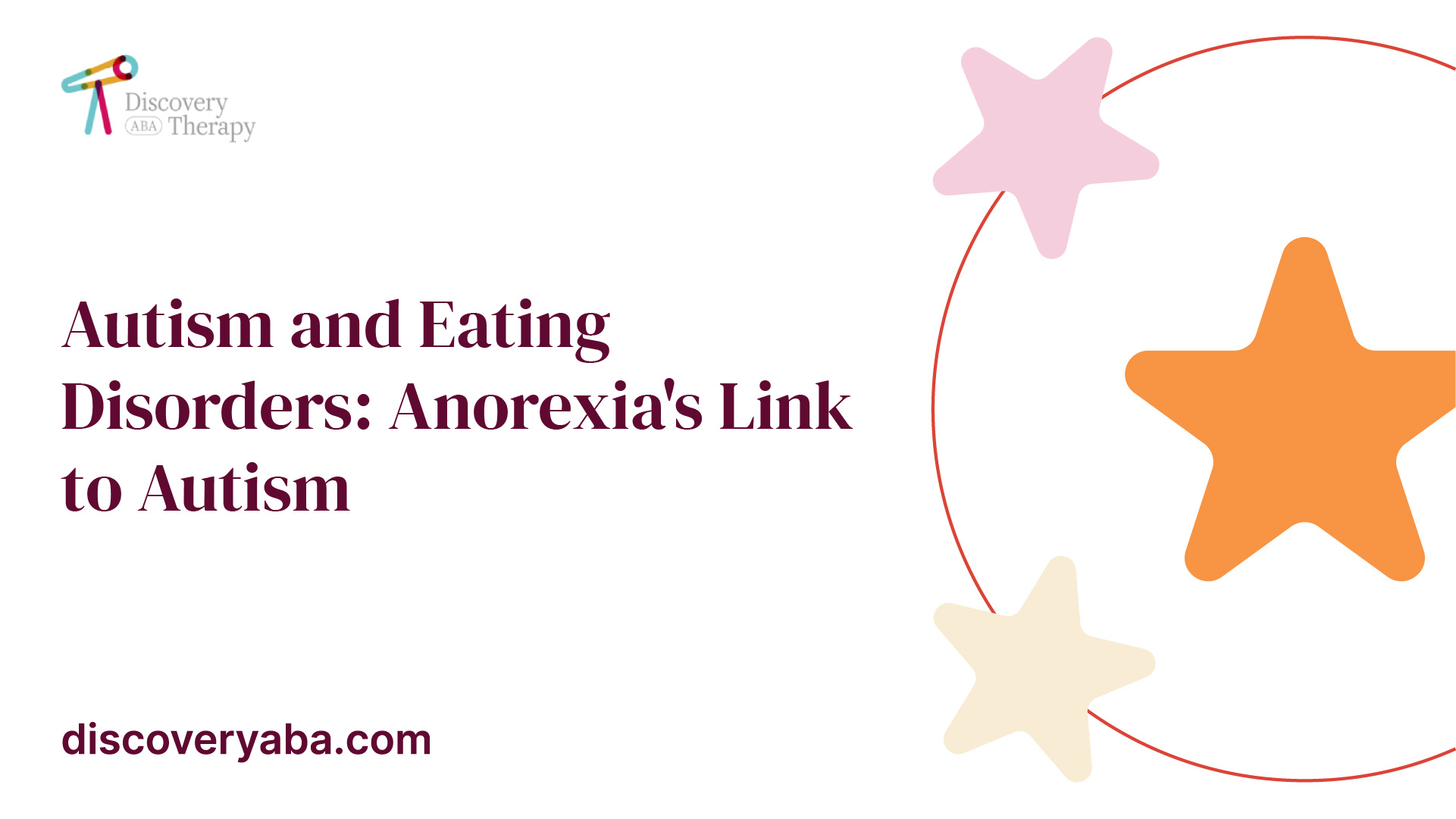
What is Anorexia?
Anorexia, formally known as anorexia nervosa, is an eating disorder characterized by a distorted body image and an intense fear of gaining weight. Individuals with anorexia often restrict their food intake, leading to severe weight loss and potential health complications. This disorder can have serious physical, emotional, and social consequences.
The Link Between Autism and Anorexia
Research has shown a significant link between autism and anorexia, indicating a higher prevalence of eating disorders among individuals with autism compared to the general population. The relationship between the two conditions is complex and multifaceted.
Prevalence of Eating Disorders in Autism
According to studies, individuals with autism have a higher risk of developing eating disorders, including anorexia, compared to neurotypical individuals. Research suggests that approximately 20-30% of individuals with autism may experience comorbid eating disorders, with anorexia being one of the most commonly observed.
Unique Challenges and Considerations
The presence of both autism and anorexia can present unique challenges in diagnosis, treatment, and management. The symptoms of autism can complicate the identification of anorexia, as individuals with autism may display restrictive eating patterns or difficulties with sensory processing, leading to selective eating or food aversions. This can make it challenging to differentiate between restrictive eating related to autism and a clinically diagnosed eating disorder.
Understanding the link between autism and anorexia is crucial for early identification, intervention, and appropriate treatment. By recognizing the signs and symptoms, seeking proper diagnosis, and providing tailored support, individuals with both conditions can receive the necessary care they need.

Autism and Eating Disorders
When exploring the relationship between autism and eating disorders, it becomes evident that there is a notable connection between the two. Understanding this link is crucial for both parents and caregivers of individuals with autism. In this section, we will delve into the prevalence of eating disorders in autism and discuss the unique challenges and considerations associated with this comorbidity.
Prevalence of Eating Disorders in Autism
Research has shown that individuals with autism are at a higher risk of developing eating disorders compared to the general population. While the exact prevalence rates may vary, studies indicate that the occurrence of eating disorders in individuals with autism can range from 3% to 26%. These rates are significantly higher than those found in individuals without autism.
It's important to note that these numbers are approximate and can vary depending on the population studied and the diagnostic criteria used.
Unique Challenges and Considerations
The presence of both autism and an eating disorder can present unique challenges for individuals and their families. These challenges often stem from the overlapping symptoms and characteristics of both conditions. Autism can introduce difficulties in social interaction, communication, and sensory processing, which can further complicate the relationship with food and eating.
Individuals with autism may exhibit restrictive eating patterns, such as food aversions, sensory sensitivities, or ritualistic behaviors around meals. These factors can contribute to the development of an eating disorder like anorexia. Additionally, the comorbidity of autism and an eating disorder can exacerbate existing challenges, making it more difficult to identify and address the underlying issues.
When supporting individuals with autism and eating disorders, it is crucial to consider their unique needs and provide a multidisciplinary approach to treatment. Collaborating with healthcare professionals experienced in both autism and eating disorders can be instrumental in developing an effective treatment plan.
By increasing awareness and understanding of this complex comorbidity, we can better support individuals with autism and promote their overall well-being.
Exploring the Connection
Understanding the connection between autism and anorexia is crucial in recognizing and addressing the unique challenges faced by individuals who experience both conditions. Exploring the shared traits and potential underlying factors can provide valuable insights into this complex relationship.
Shared Traits and Characteristics
Autism and anorexia share some common traits and characteristics, which contribute to the link between the two conditions. These may include:
- Rigidity and inflexibility: Both autism and anorexia can involve rigid thought patterns and a strong adherence to rules or routines.
- Obsessive tendencies: Individuals with autism and anorexia may display obsessive behaviors or fixations, albeit in different areas. For example, someone with autism might have a keen interest in specific topics, while someone with anorexia might obsessively focus on food and weight.
- Sensory sensitivities: Sensory sensitivities are common in autism and can also contribute to difficulties with food and eating. Individuals with autism may have aversions to certain textures, tastes, or smells, which can impact their relationship with food.
- Difficulties with social communication: Both autism and anorexia can involve challenges in social interactions and communication. This can affect how individuals express their emotions, seek help, or convey their struggles with food and body image.
Potential Underlying Factors
While the exact underlying factors that contribute to the link between autism and anorexia are not fully understood, several theories have been proposed:
- Executive function deficits: Executive function refers to a set of cognitive processes responsible for planning, organizing, and controlling behavior. Difficulties in executive function, which are often present in autism, may contribute to the development of anorexia. Challenges in cognitive flexibility and impulse control can influence restrictive eating patterns.
- Anxiety and perfectionism: Both autism and anorexia are associated with increased levels of anxiety and perfectionism. These factors can contribute to the development and maintenance of disordered eating behaviors. Individuals with autism may use anorexic behaviors as a means of coping with anxiety or achieving a sense of control.
- Sensory sensitivities and food aversions: Sensory sensitivities and food aversions commonly experienced in autism can impact an individual's relationship with food. Strong preferences or aversions to specific textures, tastes, or smells can contribute to selective eating or restrictive eating patterns associated with anorexia.
- Social and peer influence: The desire for acceptance and fitting in with peers can influence individuals with autism to adopt restrictive eating behaviors. Social pressures and the influence of others can contribute to the development of anorexia, especially in individuals who may already feel socially isolated or struggle with social communication.
Understanding these shared traits and potential underlying factors can help guide efforts in addressing the challenges faced by individuals with both autism and anorexia. By recognizing the link between these conditions, professionals and caregivers can develop targeted interventions and support strategies to promote positive outcomes.
Importance of Awareness
When it comes to autism and anorexia, awareness plays a crucial role in recognizing the signs and symptoms, as well as seeking proper diagnosis and treatment. By understanding these aspects, parents and caregivers can provide the necessary support for their loved ones.
Recognizing the Signs and Symptoms
Recognizing the signs and symptoms of anorexia in individuals with autism can be challenging. It's important to be aware of the unique presentation of eating disorders in the autism population. Some common signs and symptoms may include:
- Restrictive eating patterns: Individuals with autism and anorexia may exhibit extreme food restrictions, limited food choices, or avoidance of certain textures or tastes. This can lead to significant weight loss and nutritional deficiencies.
- Obsession with body image: An intense preoccupation with body shape, weight, or size may be observed. This may include excessive exercise, body checking behaviors, or constant monitoring of appearance.
- Rigid thinking and routines: Individuals with autism often thrive on predictability and routines. In the context of anorexia, this rigidity can manifest as strict rules around food, mealtime rituals, or obsessive calorie counting.
- Social withdrawal: Both autism and anorexia can contribute to social difficulties and withdrawal. Individuals may avoid social events, isolate themselves, or experience increased anxiety in social situations.
- Emotional and cognitive changes: Anorexia can lead to emotional and cognitive changes such as mood swings, irritability, difficulty concentrating, and a distorted perception of body image.
By recognizing these signs and symptoms, parents and caregivers can take appropriate action to seek help and support for their loved ones.
Seeking Proper Diagnosis and Treatment
Early intervention and proper diagnosis are crucial for individuals with autism and anorexia. If you suspect that your loved one may be struggling with an eating disorder, it's important to consult with a healthcare professional who specializes in both autism and eating disorders. They can conduct a thorough assessment and provide an accurate diagnosis.
Treatment for individuals with autism and anorexia often involves a comprehensive approach that addresses both the underlying autism features and the eating disorder. It may include a combination of therapies such as behavioral therapy, cognitive-behavioral therapy, and dietary counseling. The goal is to provide individualized support that addresses the unique needs and challenges of each person.
Remember, seeking help is not a sign of weakness, but rather a proactive step towards promoting the well-being and recovery of your loved one. By raising awareness about the comorbidity of autism and anorexia, we can ensure that individuals receive the proper diagnosis, treatment, and support they need.
Support and Resources
Individuals and families affected by the link between autism and anorexia can find valuable support and resources to navigate these challenges. Seeking professional help and guidance, as well as connecting with supportive communities and organizations, can make a significant difference in understanding and managing this complex comorbidity.
Professional Help and Guidance
When facing the challenges of autism and anorexia, it is crucial to seek professional help and guidance. Mental health professionals specializing in both autism and eating disorders can provide comprehensive assessments, diagnoses, and treatment plans tailored to the individual's specific needs.
These professionals may include:
- Psychiatrists: Psychiatrists with expertise in autism and eating disorders can assess the individual's mental health, prescribe appropriate medications, and monitor their progress.
- Psychologists: Psychologists can offer psychological evaluations, therapy, and interventions to address the emotional and behavioral aspects of autism and anorexia.
- Dietitians: Dietitians experienced in working with individuals with autism and eating disorders can provide nutritional counseling, develop personalized meal plans, and monitor the individual's dietary needs.
- Behavior Analysts: Behavior analysts specializing in autism can assess and develop behavior intervention plans to address the behavioral challenges associated with anorexia in individuals with autism.
By collaborating with these professionals, individuals and their families can receive the necessary support and guidance to navigate the complexities of autism and anorexia. They can assist in developing effective coping strategies, managing comorbid symptoms, and promoting overall well-being.
Supportive Communities and Organizations
Connecting with supportive communities and organizations can provide a network of understanding and empathy for individuals and families affected by the link between autism and anorexia. These communities offer a safe space to share experiences, seek advice, and find emotional support from others who may be going through similar challenges.
Online platforms, forums, and social media groups focused on autism and eating disorders can be valuable resources for finding supportive communities. Engaging in discussions, asking questions, and sharing insights can help individuals and families feel less isolated and gain a sense of belonging.
Additionally, there are numerous organizations dedicated to autism and eating disorder awareness. These organizations offer resources, educational materials, and advocacy initiatives to promote understanding, early intervention, and prevention. They may also provide access to workshops, conferences, and webinars that offer valuable information and strategies for managing this comorbidity.
By leveraging the support of these communities and organizations, individuals and families can gain valuable insights, share experiences, and access resources to better understand and navigate the complexities of autism and anorexia.
Remember, seeking support and resources is a crucial step in this journey. With the right assistance, individuals with autism and anorexia can receive the care they need to lead fulfilling lives and achieve positive outcomes.
FAQs
Can people with autism develop other types of eating disorders besides anorexia?
Yes, while anorexia is the most commonly reported eating disorder in people with autism, some individuals may also develop bulimia or binge eating disorder.
Are there any specific warning signs that someone with autism may be developing an eating disorder?
Yes, some warning signs include sudden weight loss, changes in eating habits, preoccupation with food or weight, excessive exercise, and avoidance of social situations involving food.
Is it possible for someone with autism to fully recover from an eating disorder?
Yes, recovery is possible with appropriate treatment and support. It is important to address both the eating disorder and the underlying autism spectrum disorder in order to achieve long-term recovery.
How can family members or loved ones support someone with autism who has an eating disorder?
Family members can play a crucial role in supporting their loved one by providing emotional support and encouragement, assisting with meal planning and preparation, attending therapy sessions together, and helping their loved one practice social skills and coping mechanisms.
Conclusion
Autism and anorexia are complex disorders that can have a significant impact on a person's physical and emotional health. Understanding the link between the two can help provide appropriate treatment and support. With the right care, people with autism and anorexia can overcome their challenges and lead fulfilling lives.
Sources
Find More Articles
Contact us
North Carolina, Tennessee, Nevada, New Jersey, Utah, Virginia
New Hampshire, Maine
Massachusetts, Indiana, Arizona, Georgia
.avif)






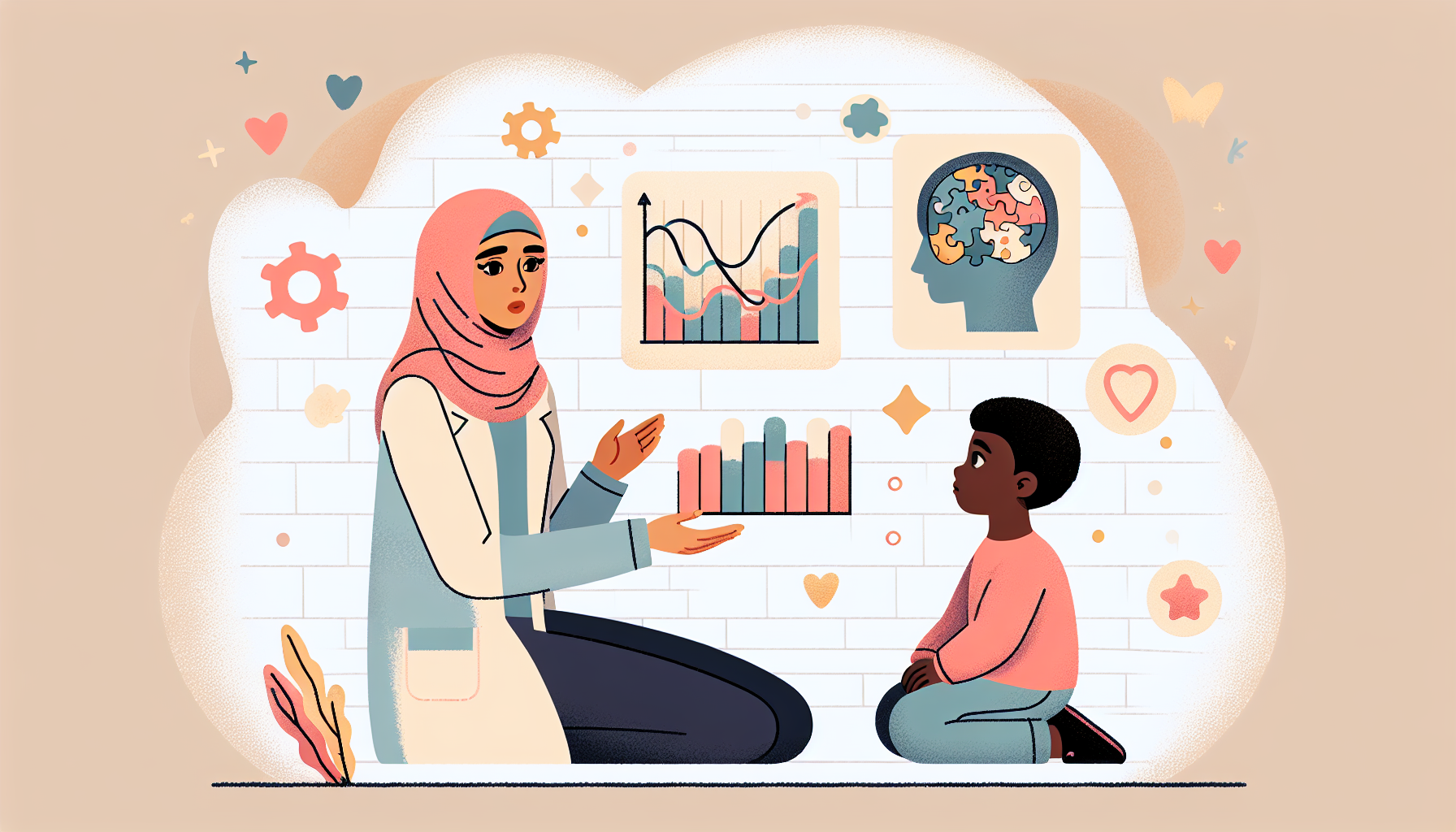

.jpeg)


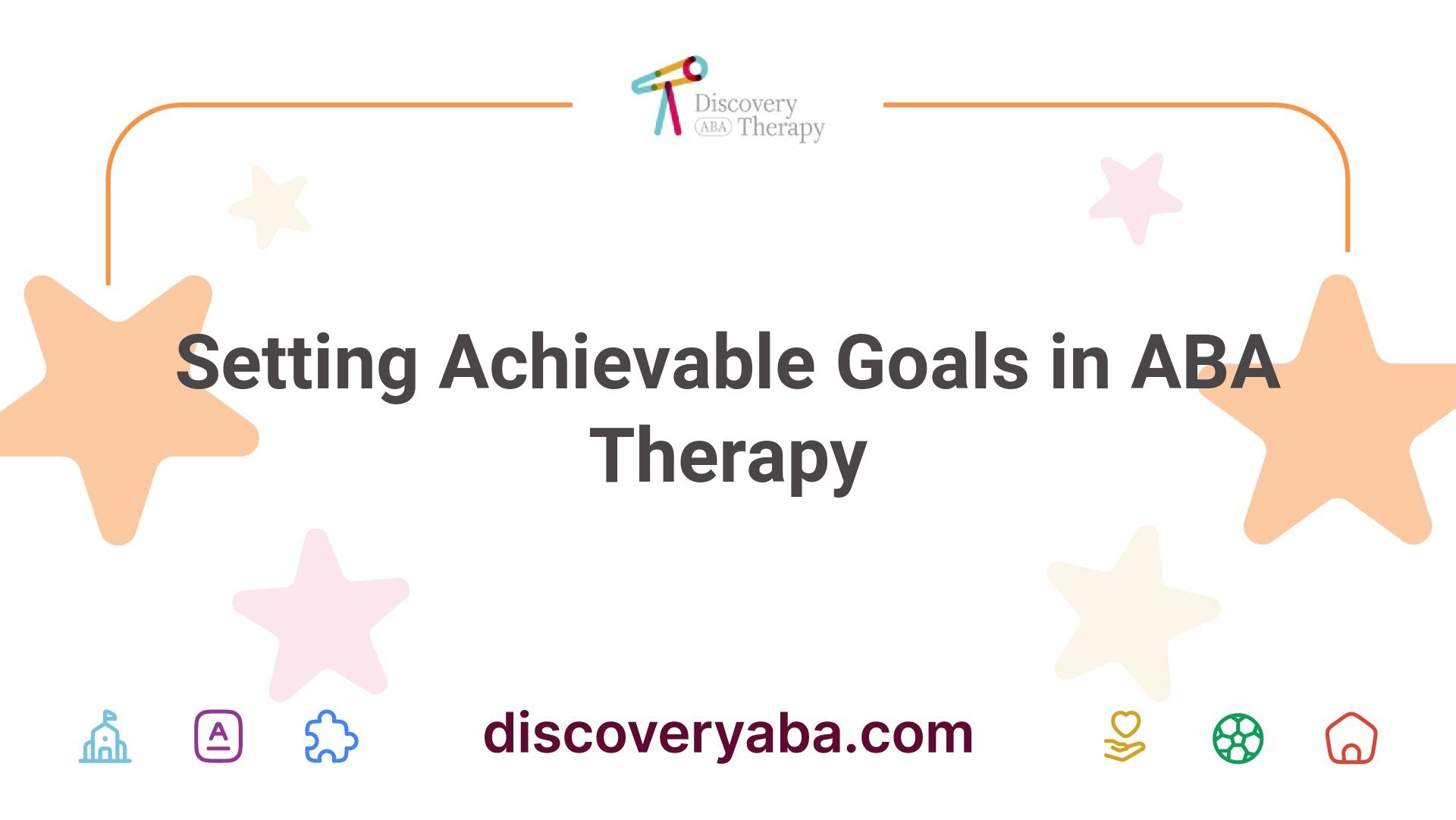
.jpeg)
.jpeg)




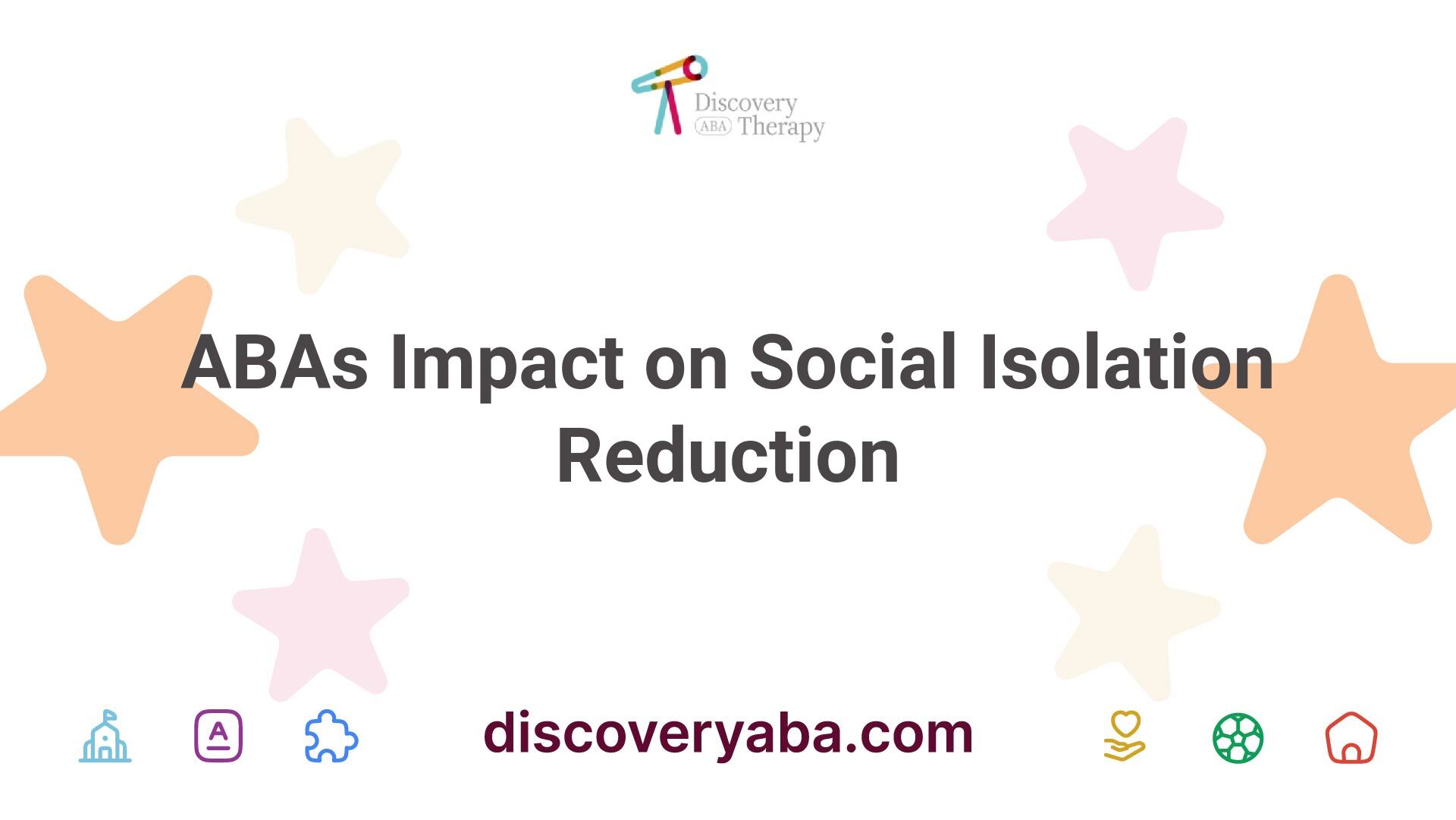
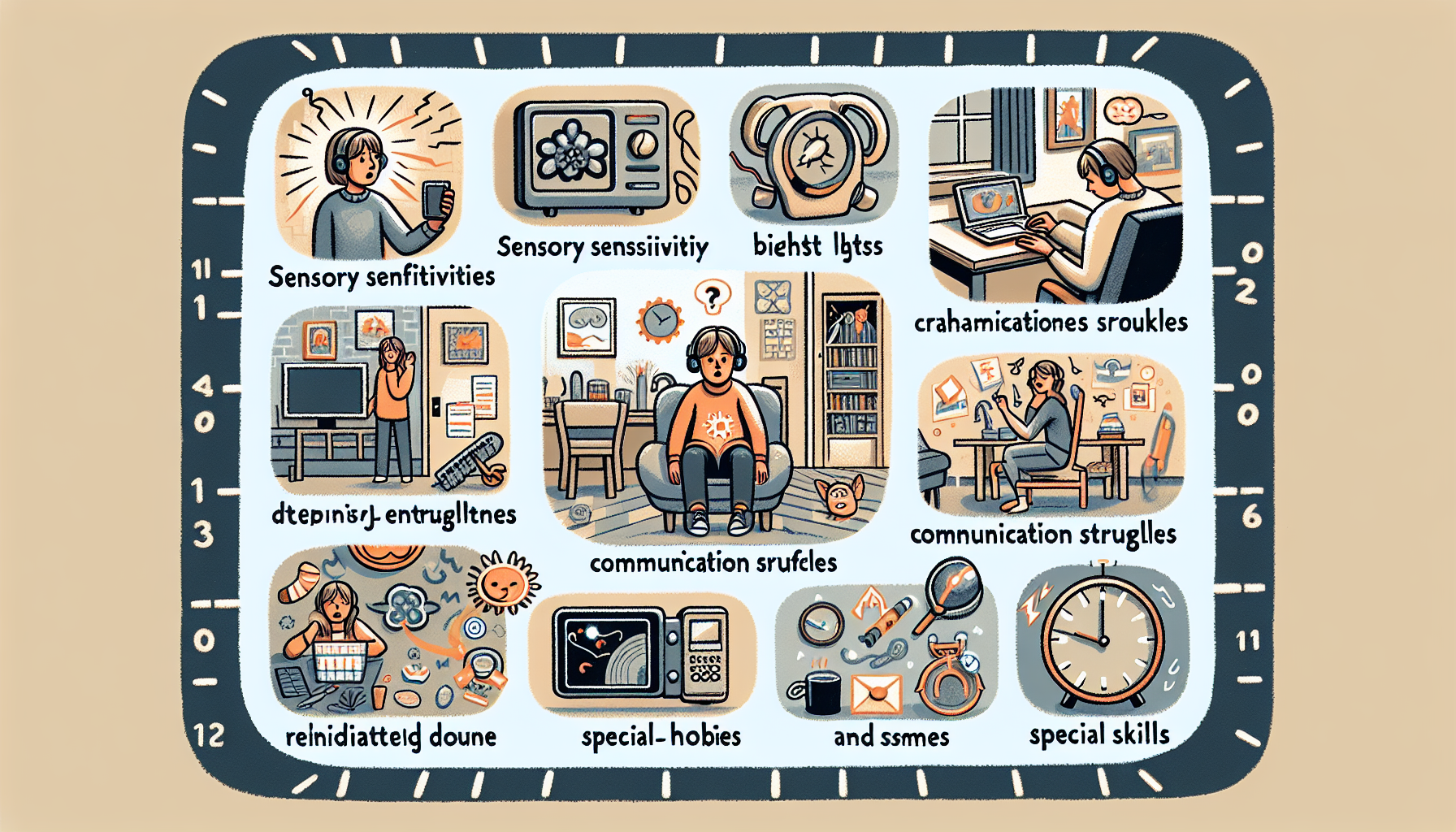














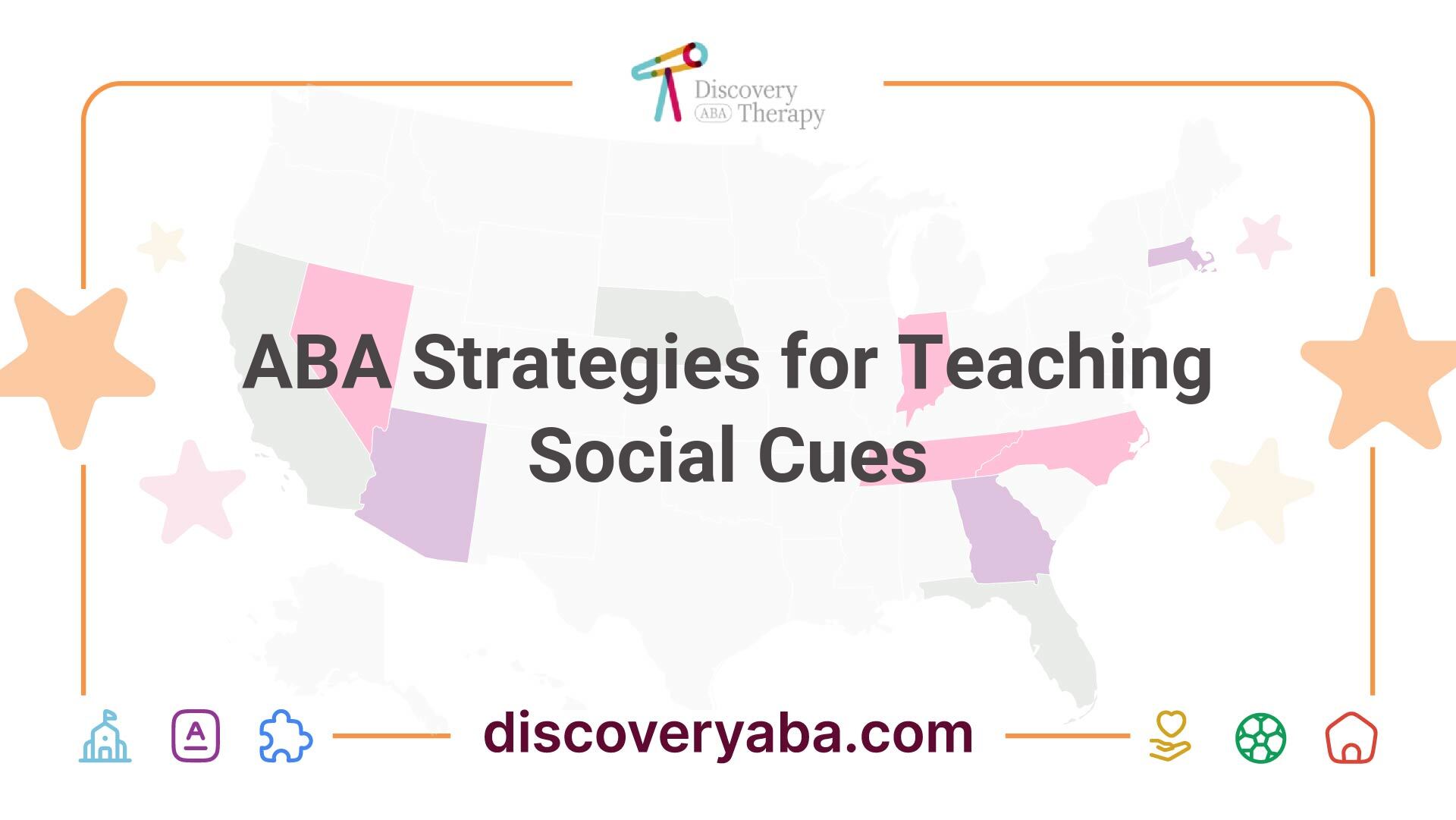








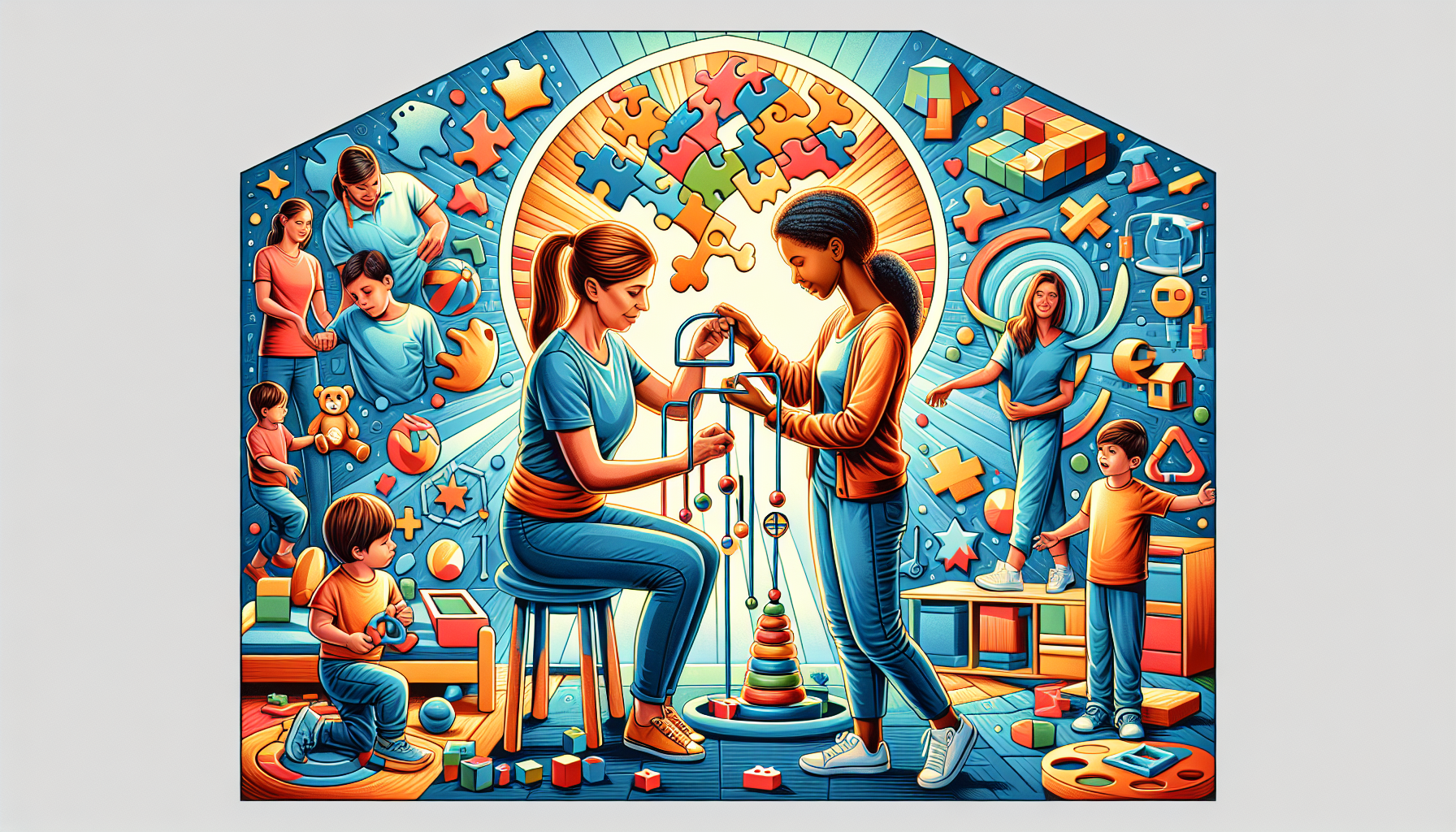

.jpeg)


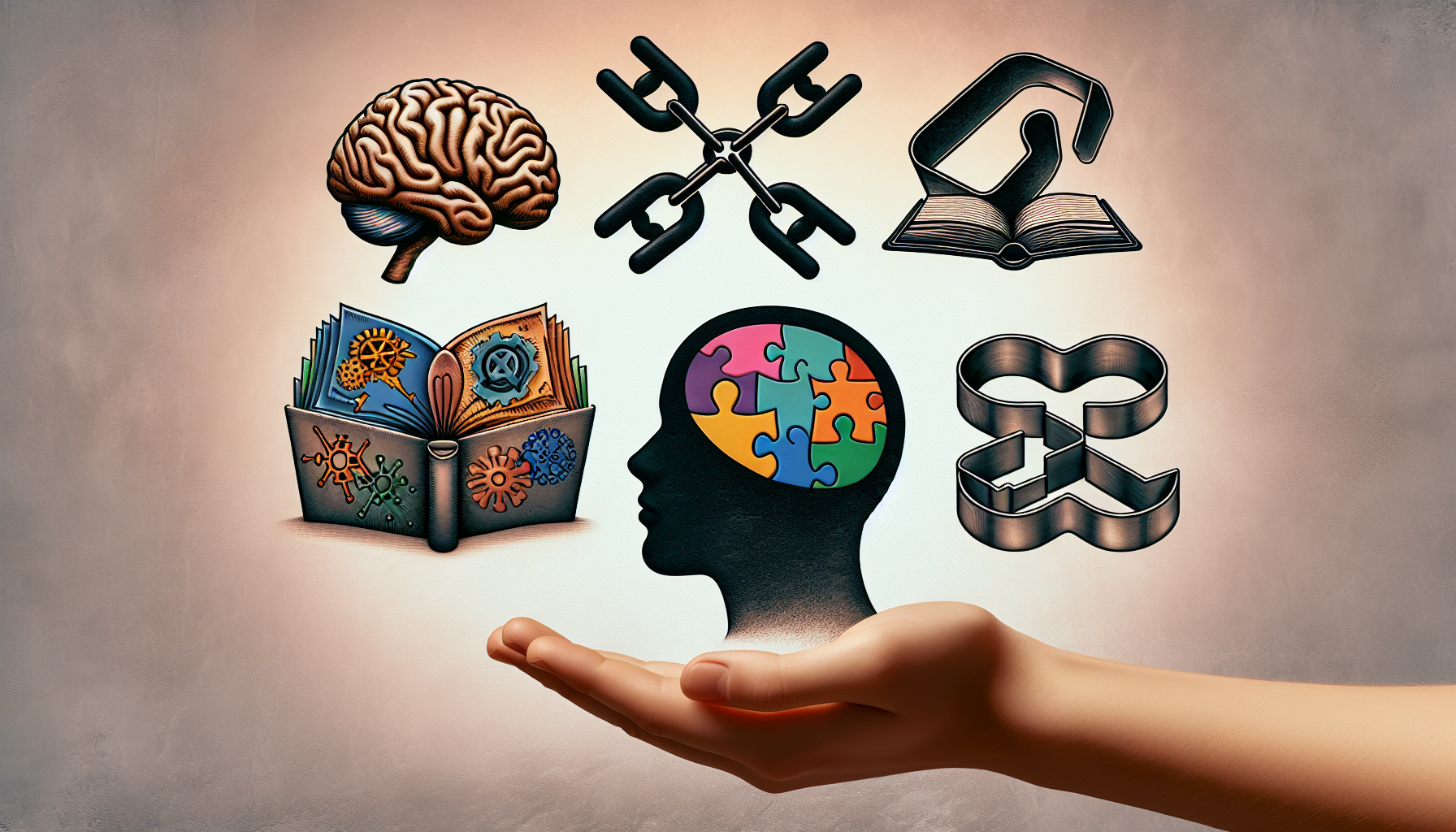


.jpeg)
